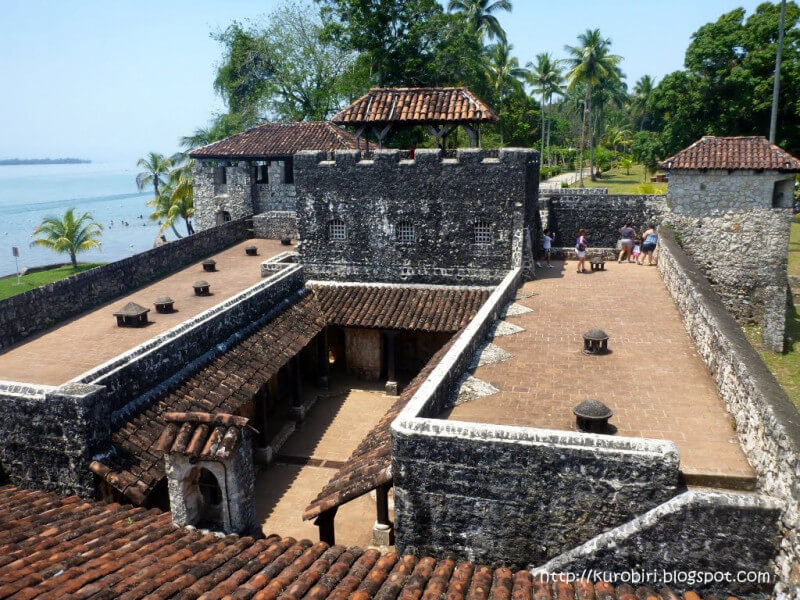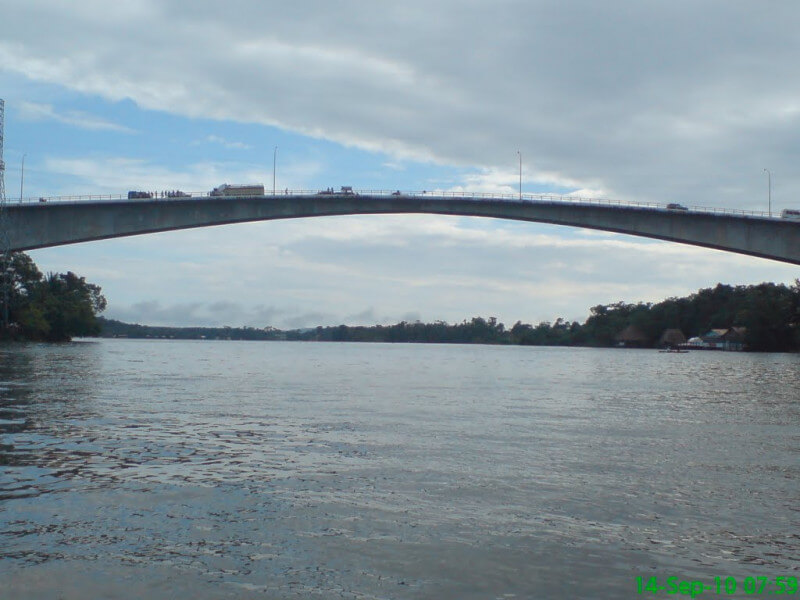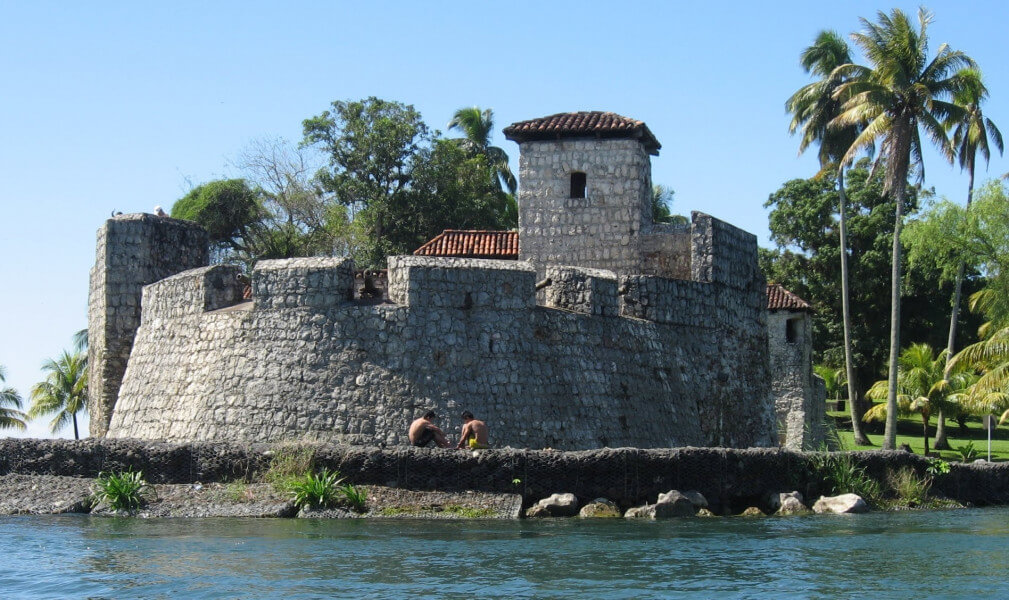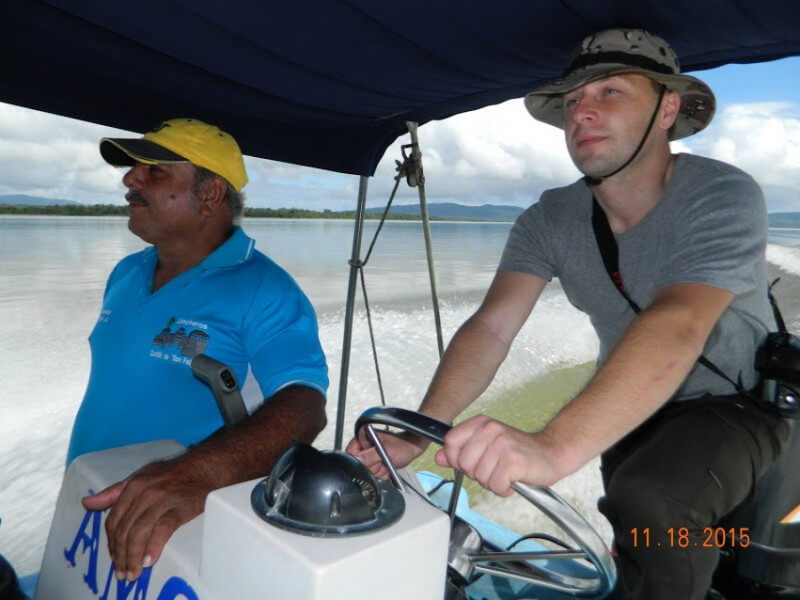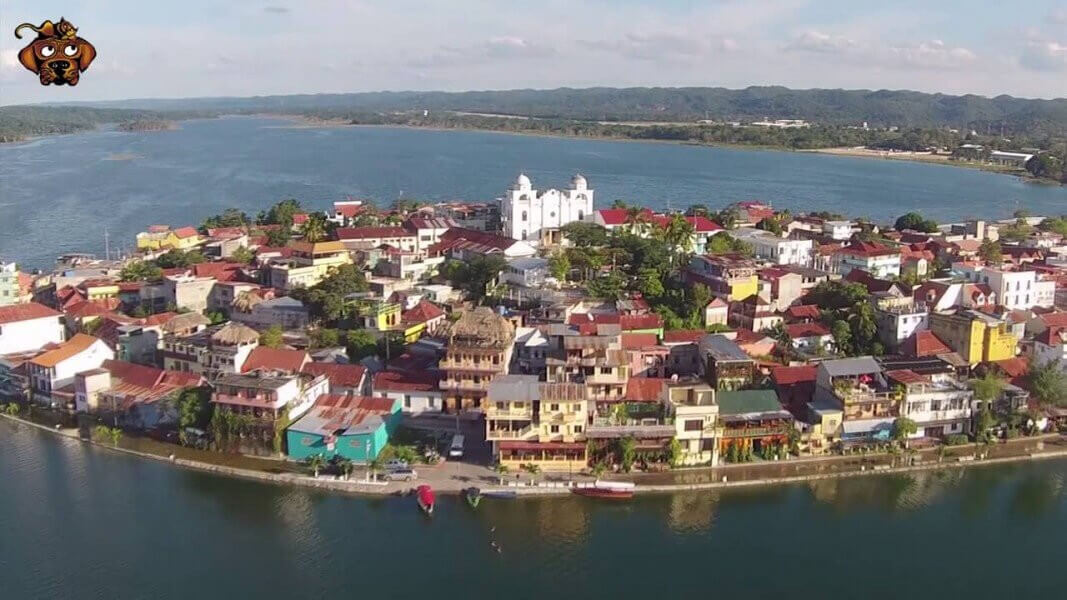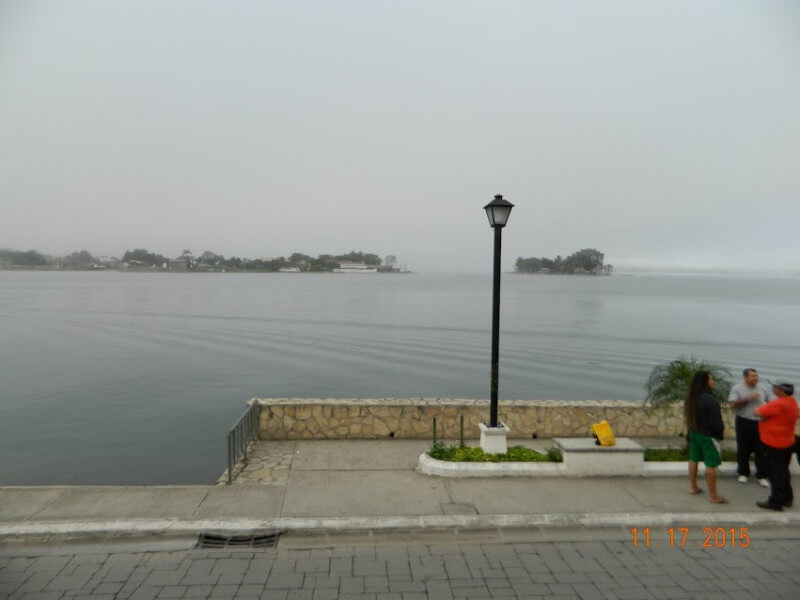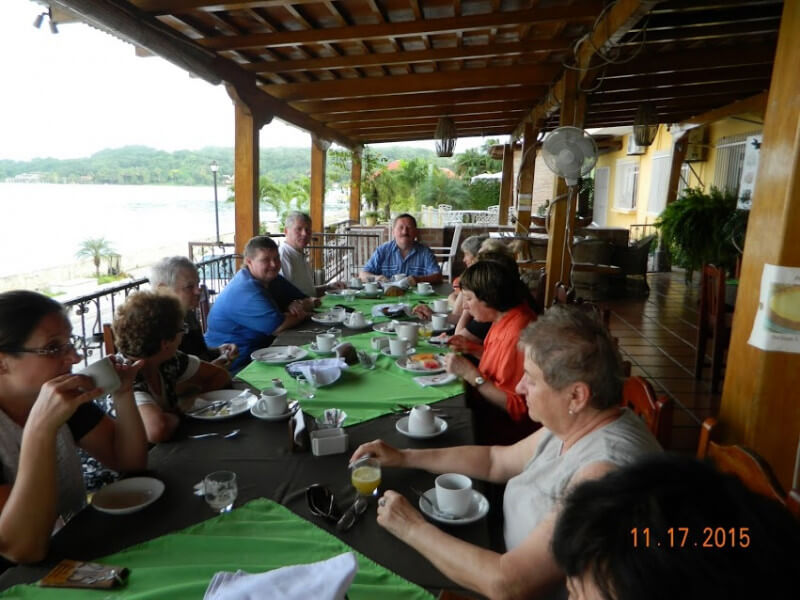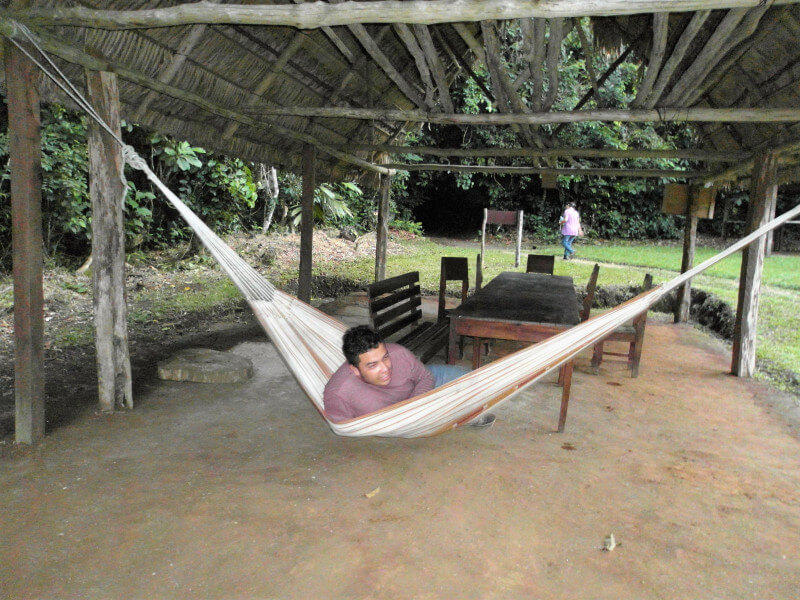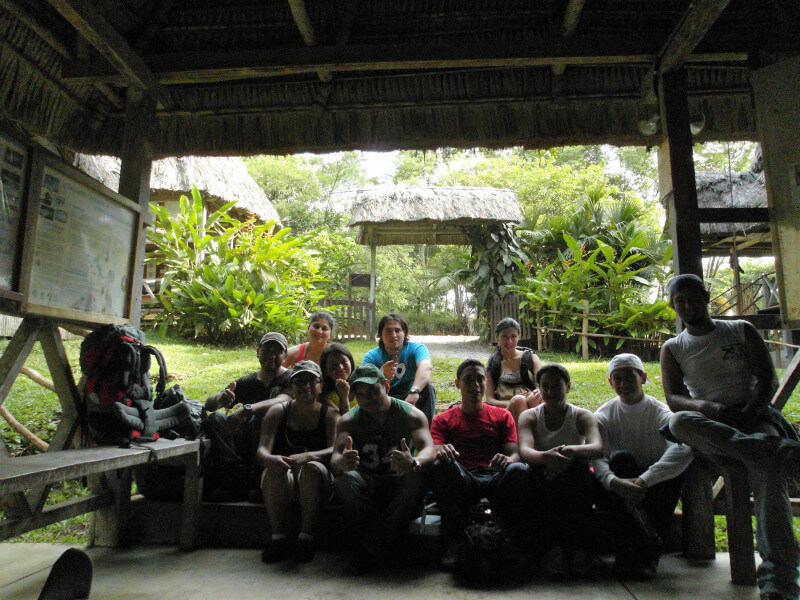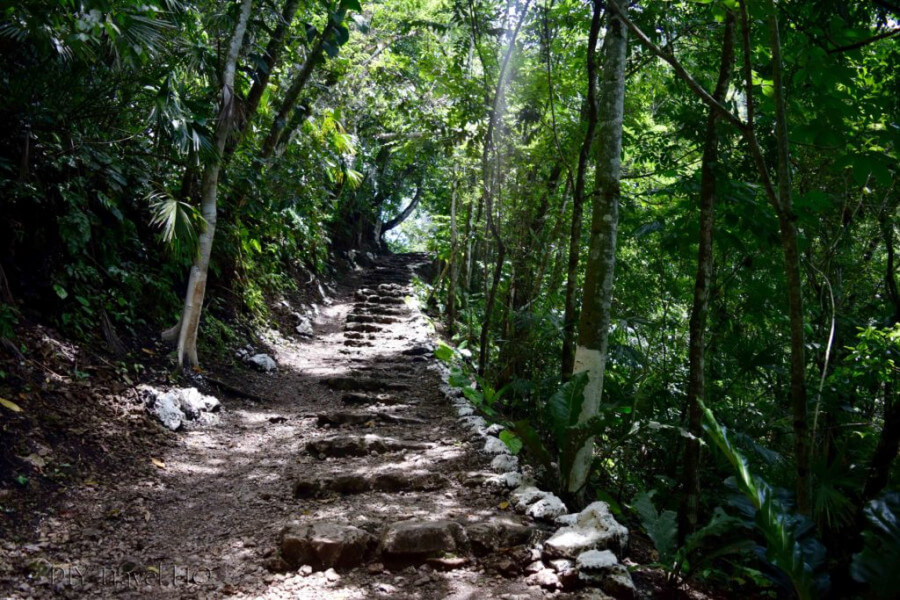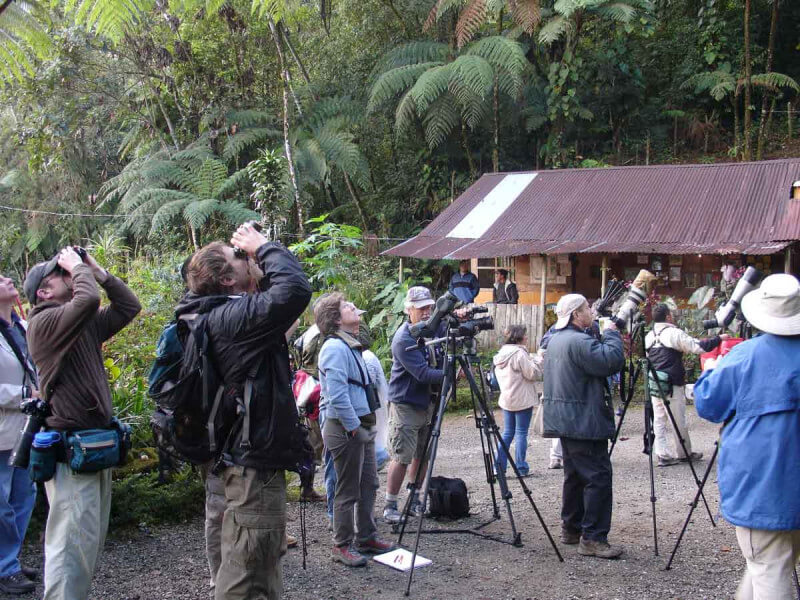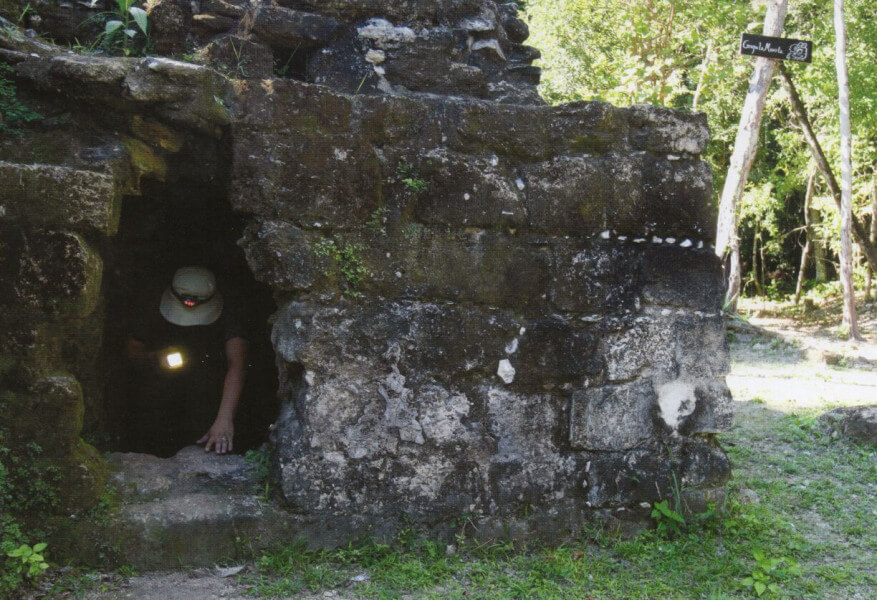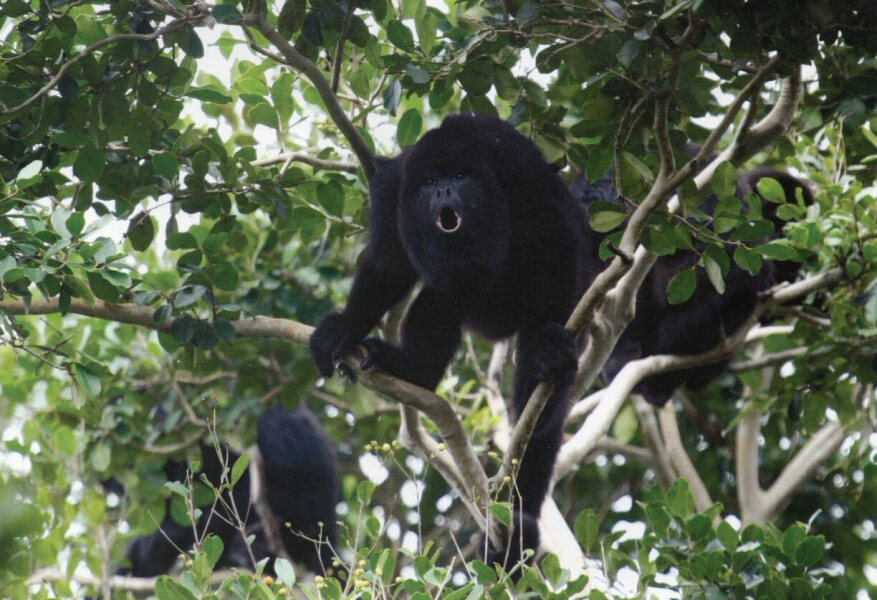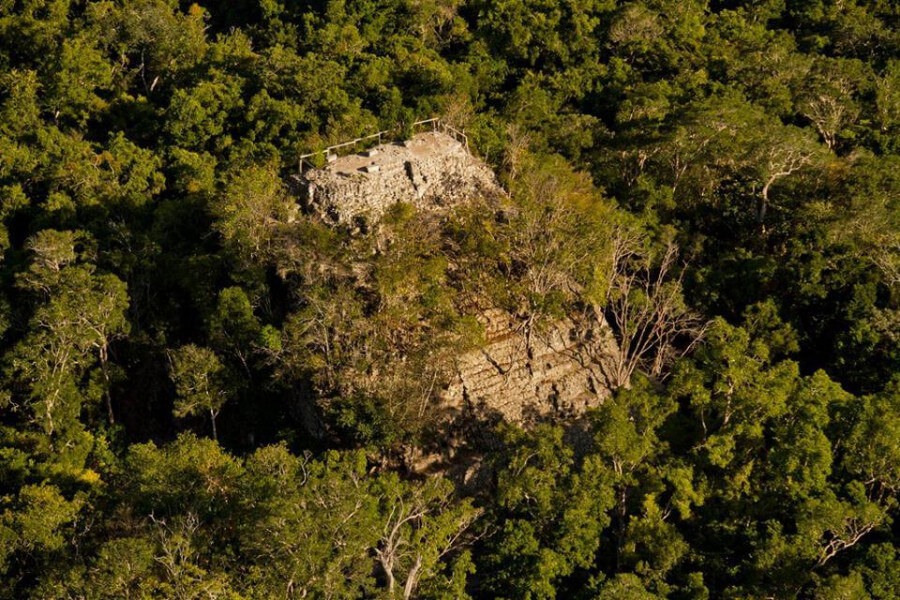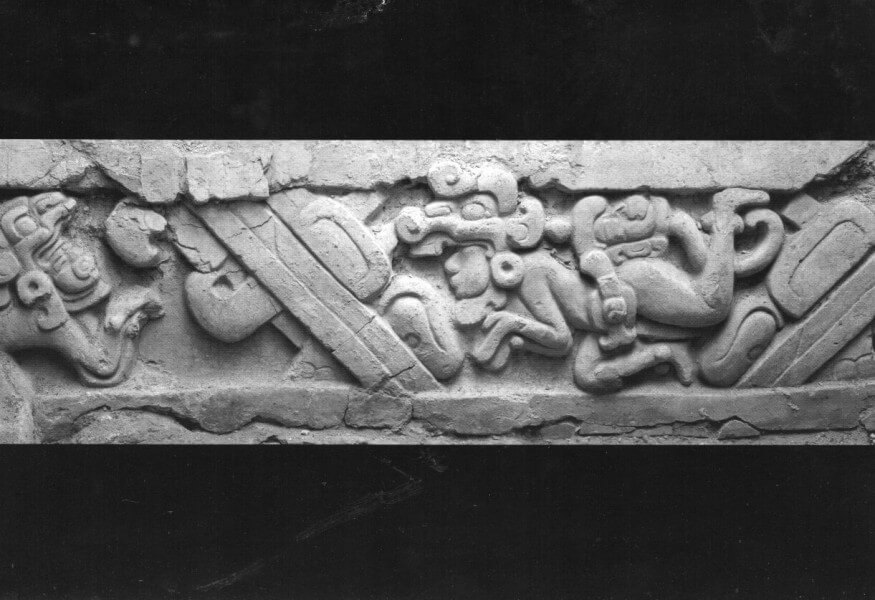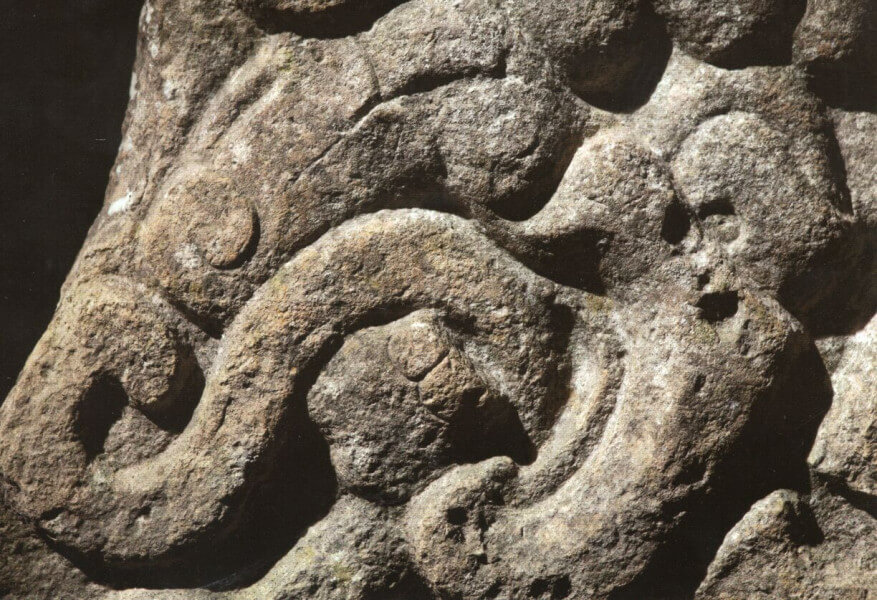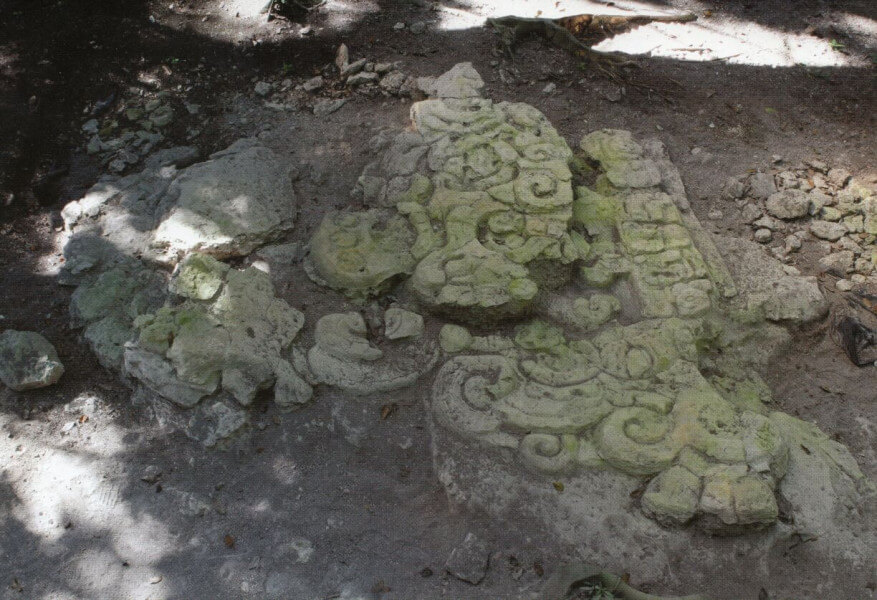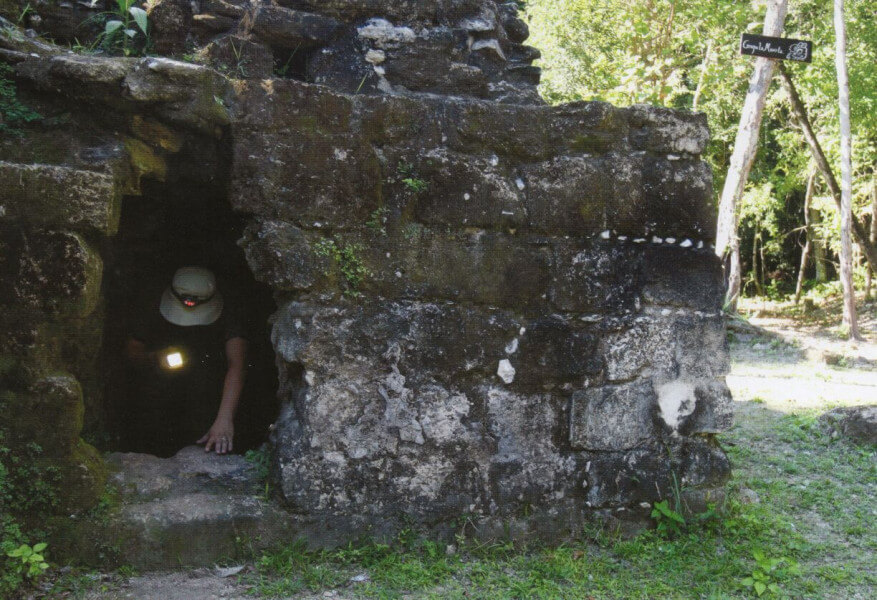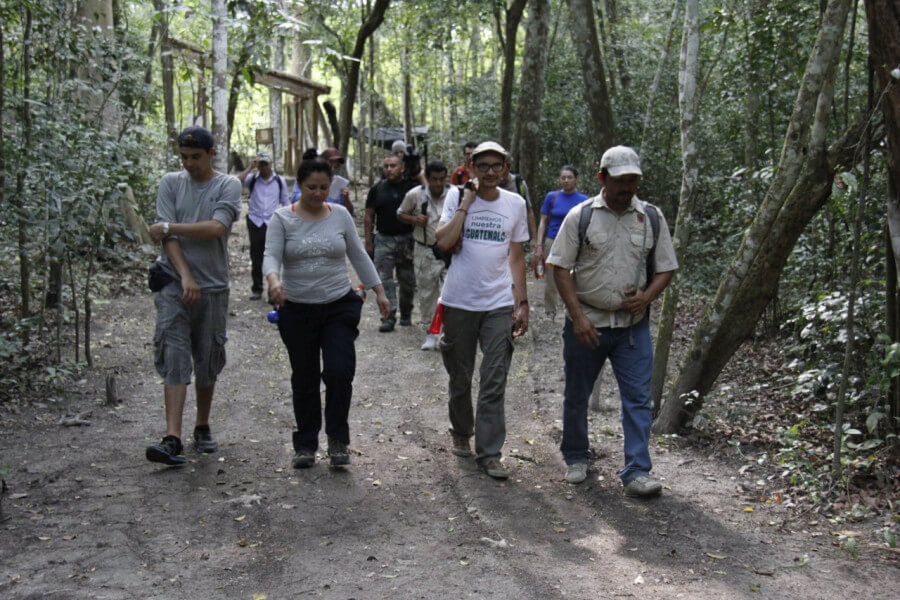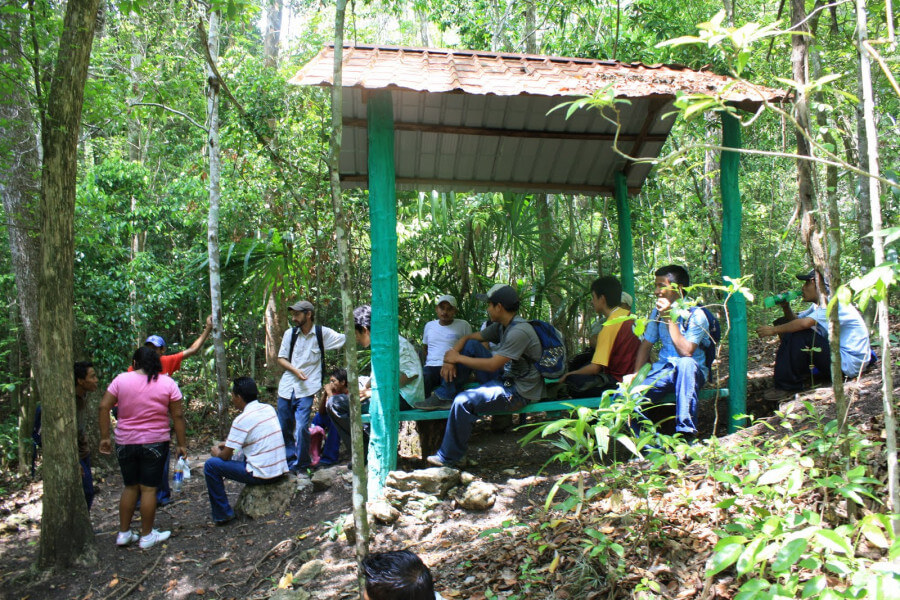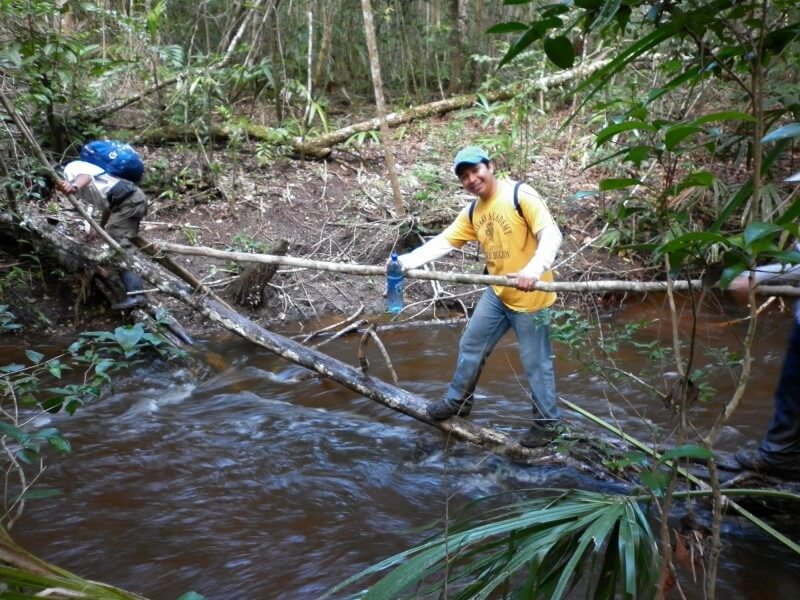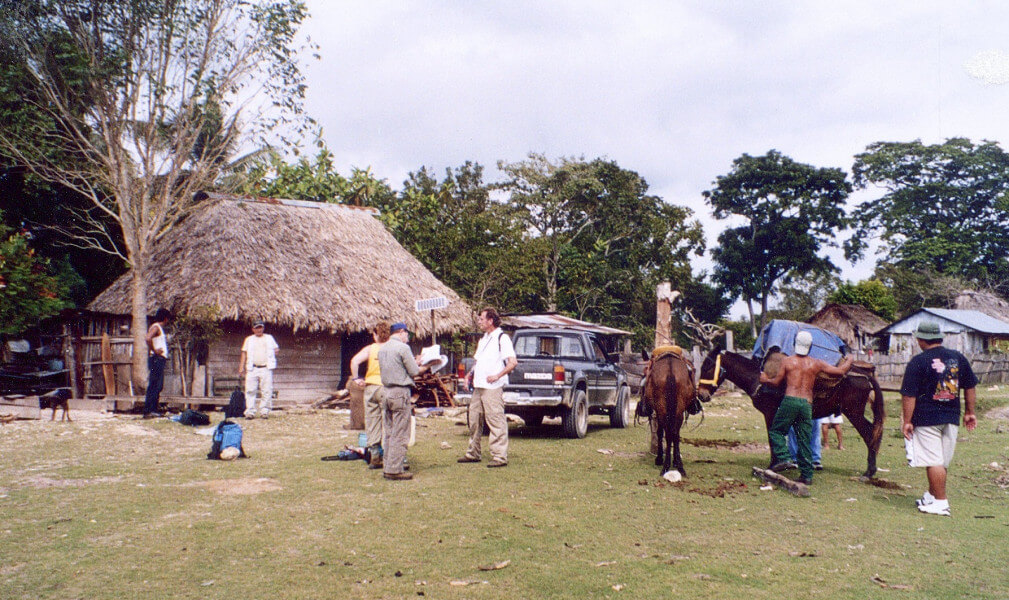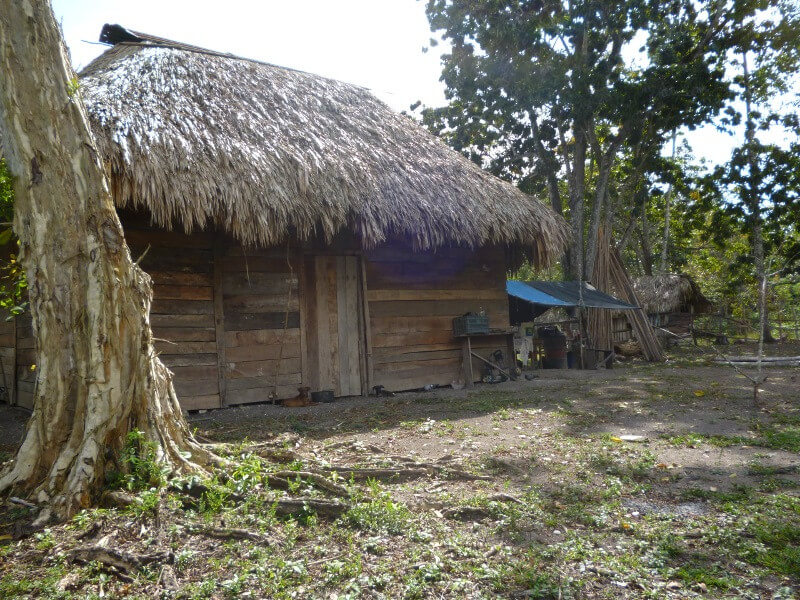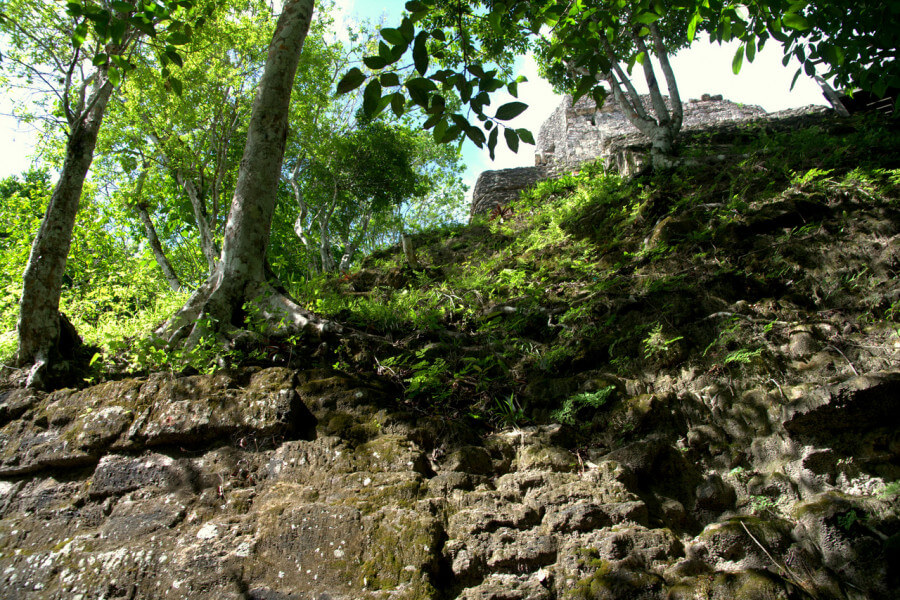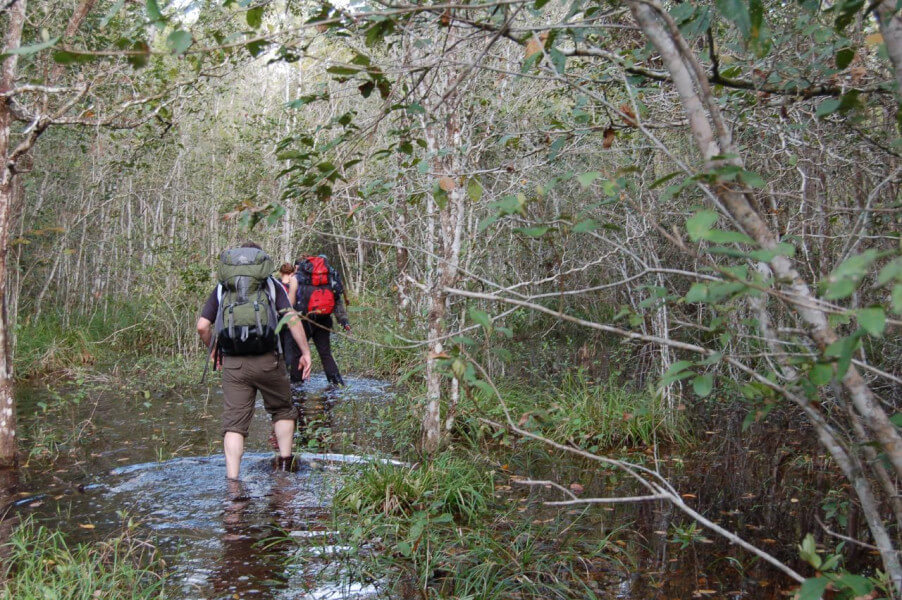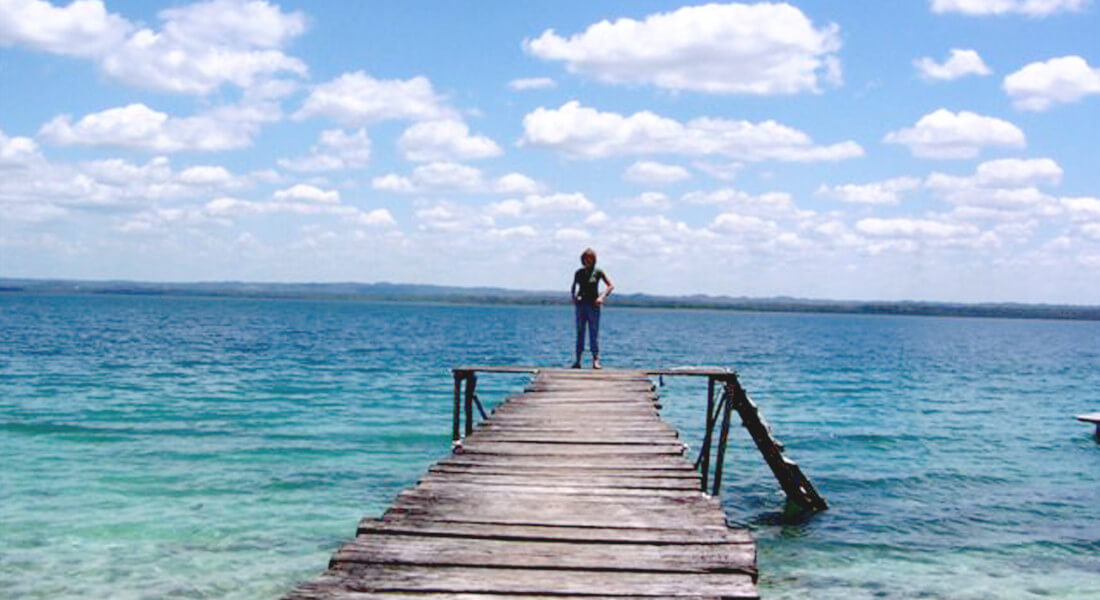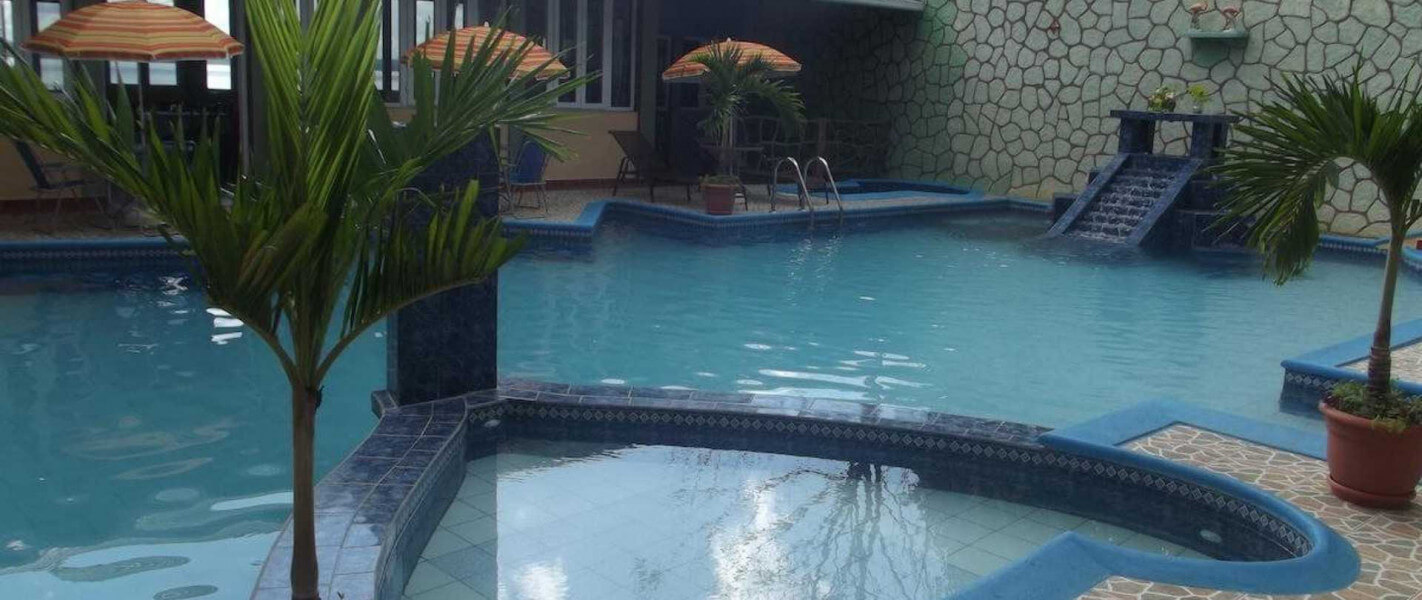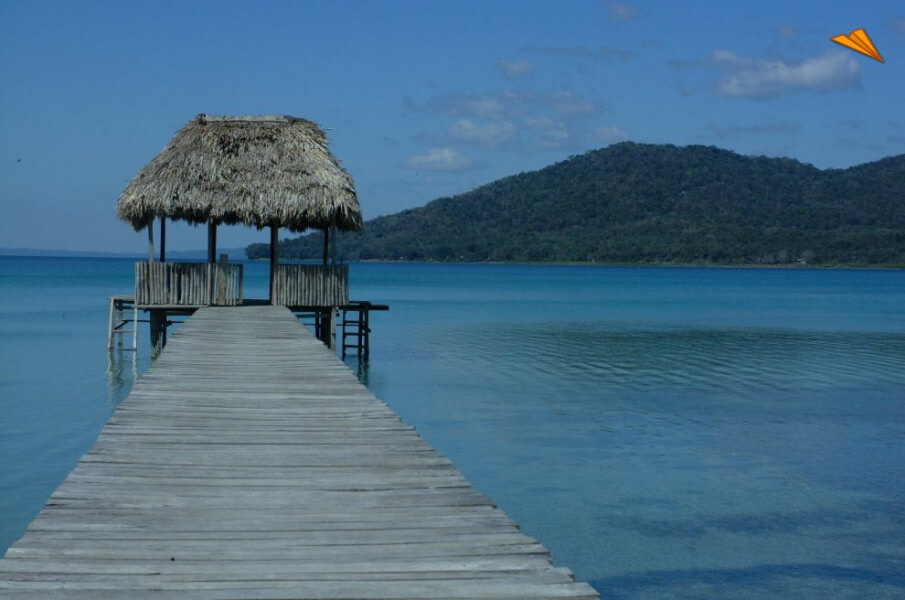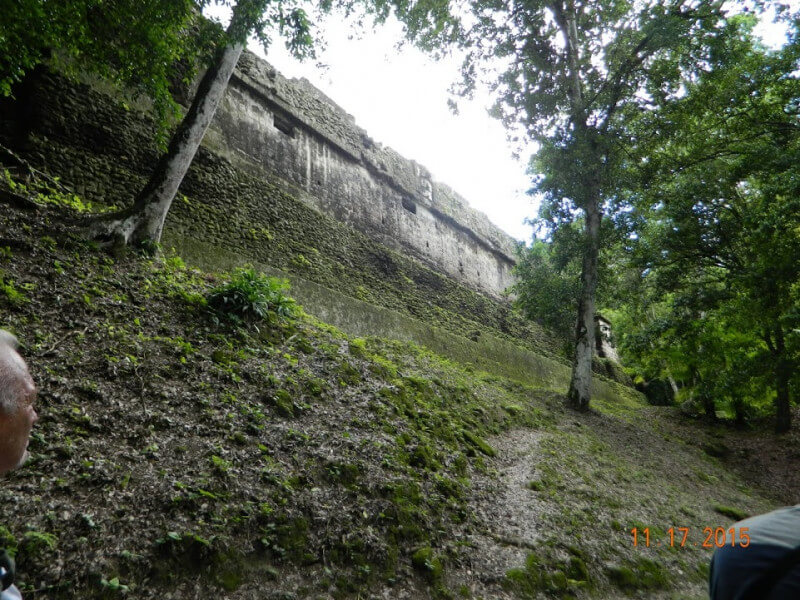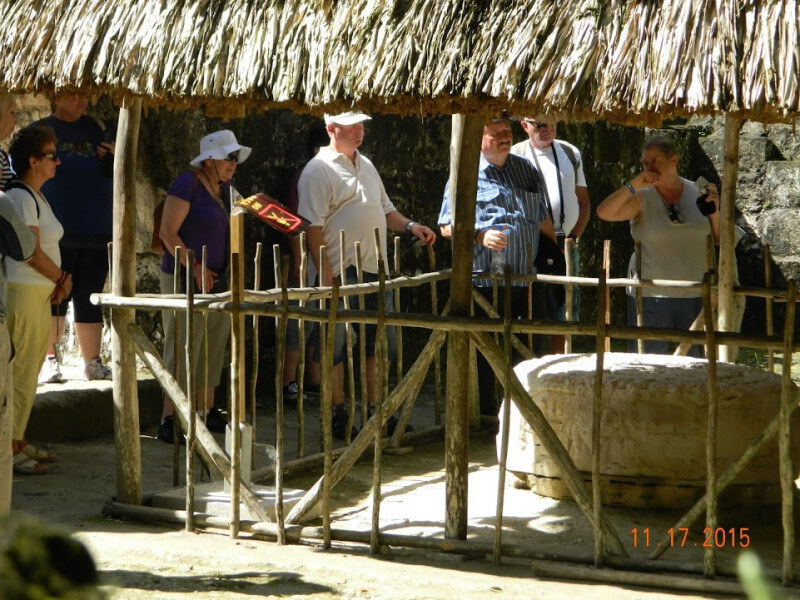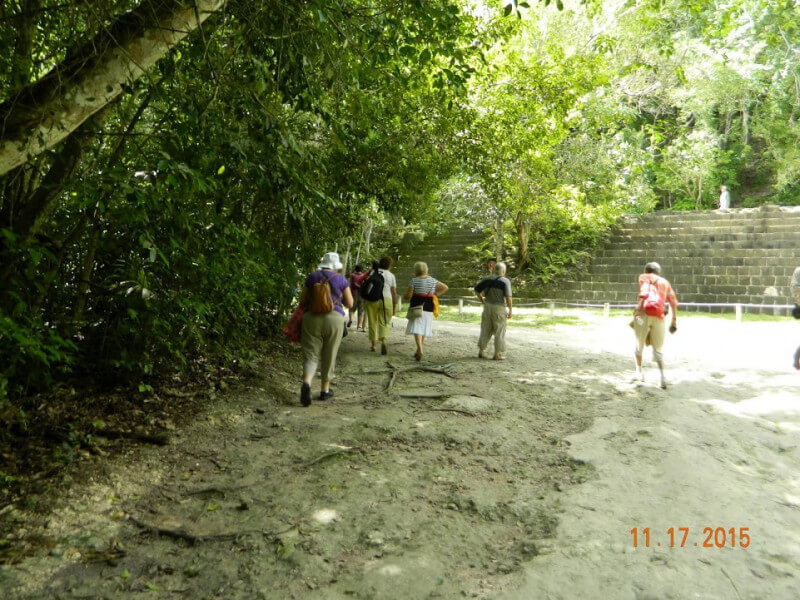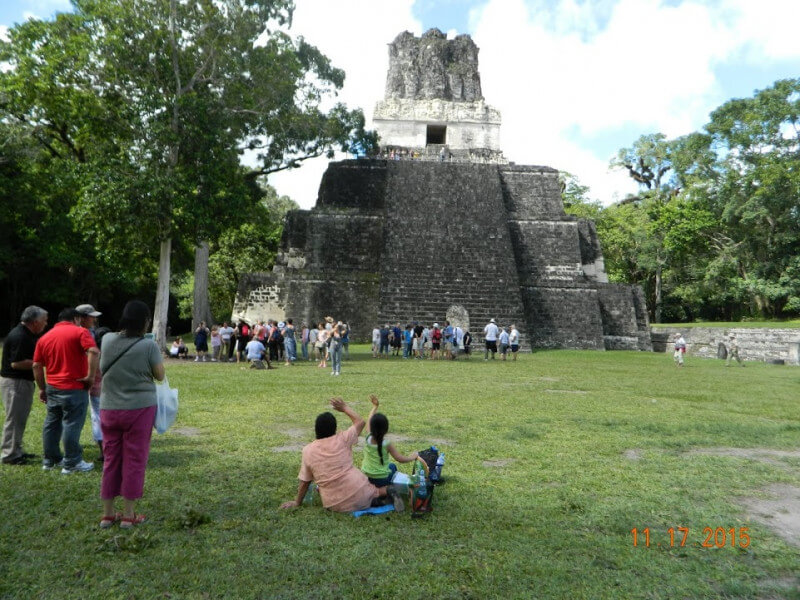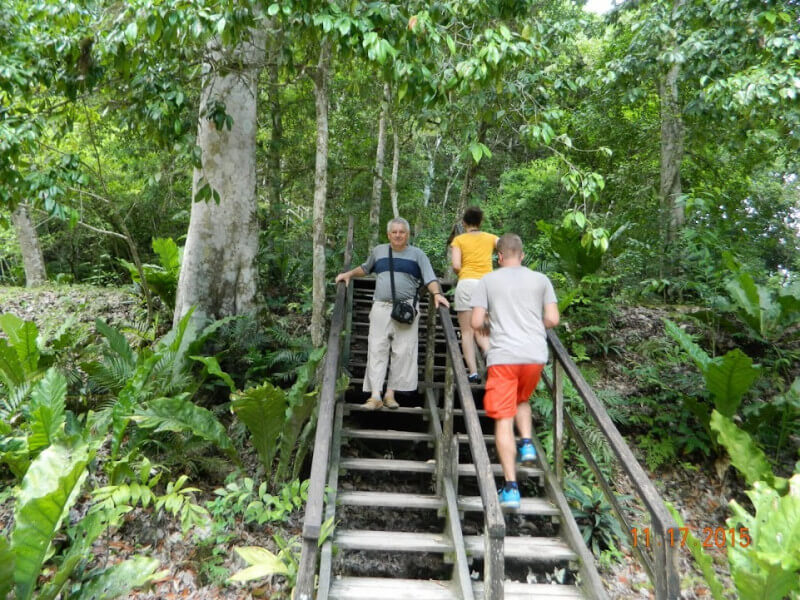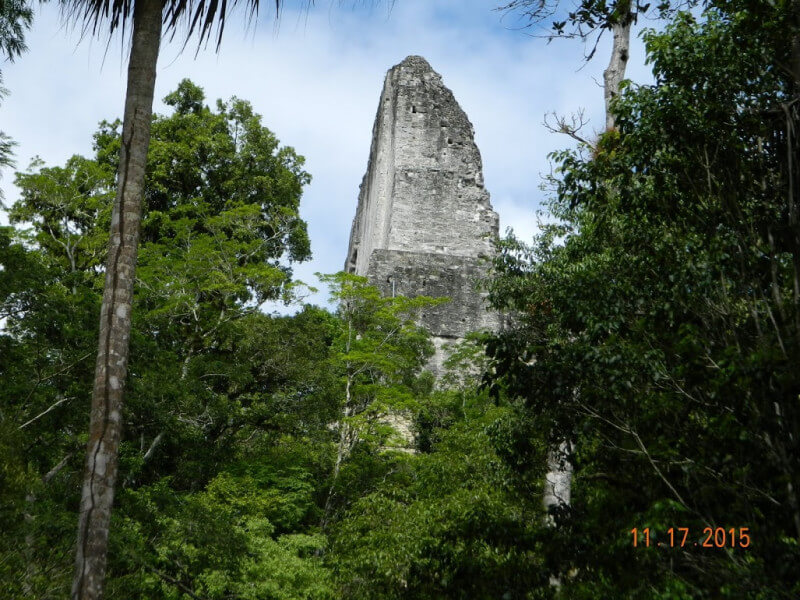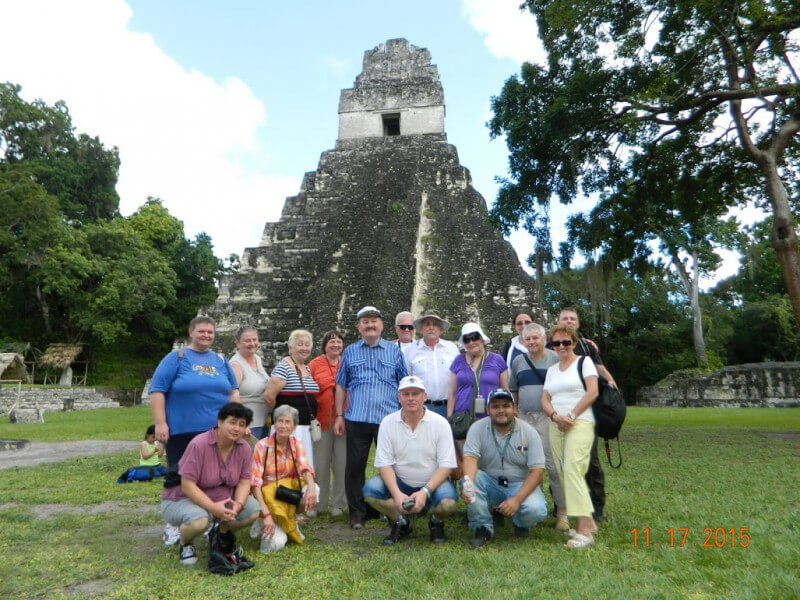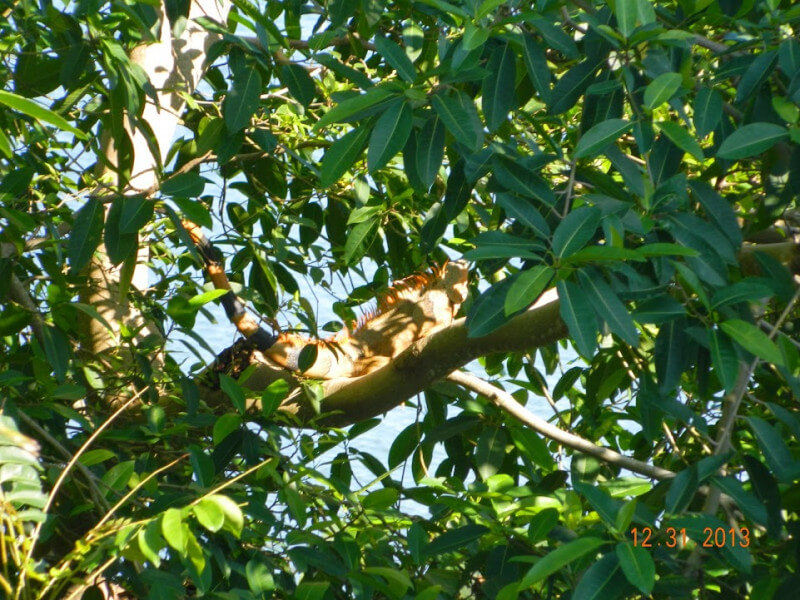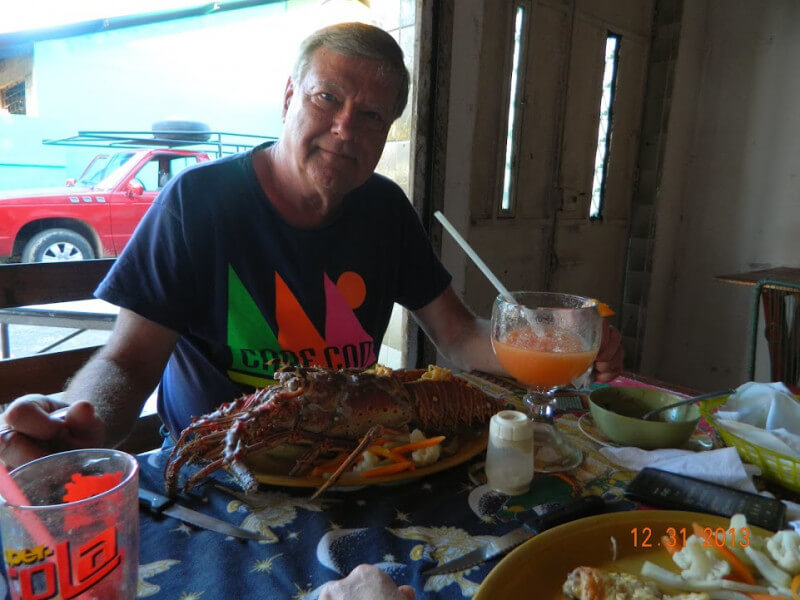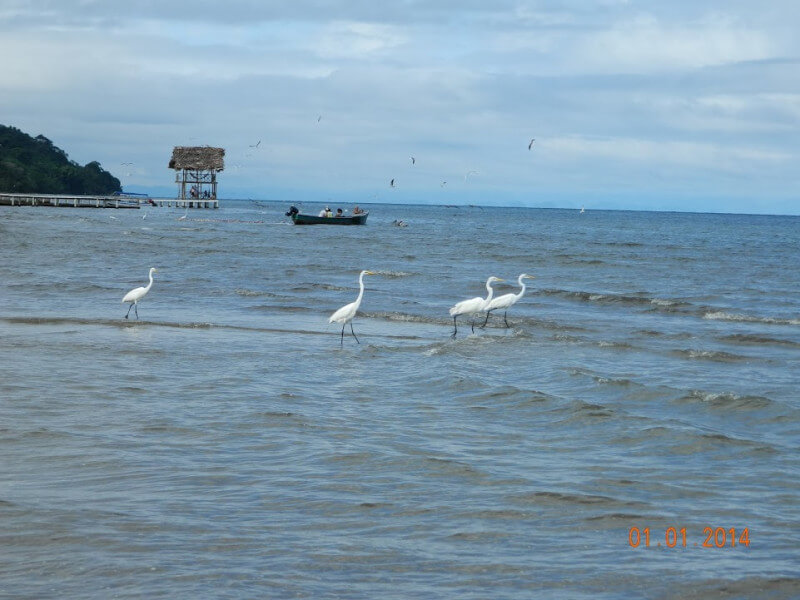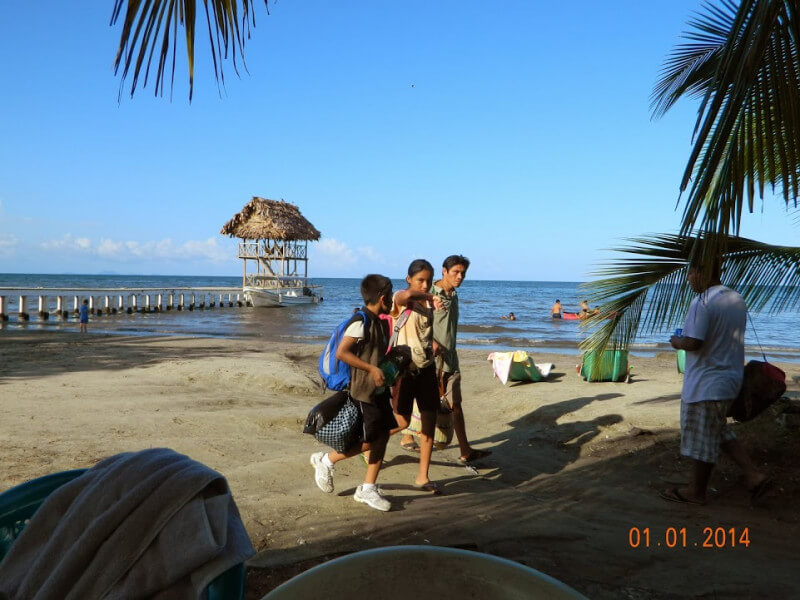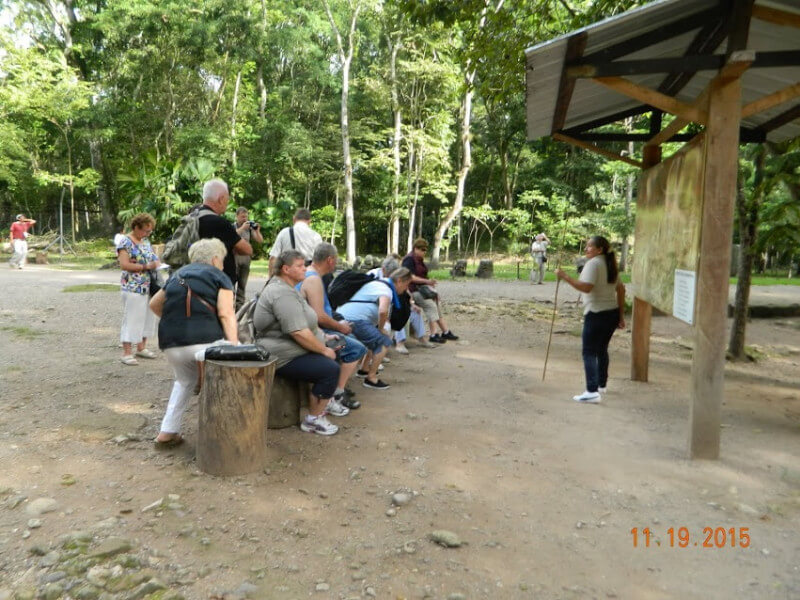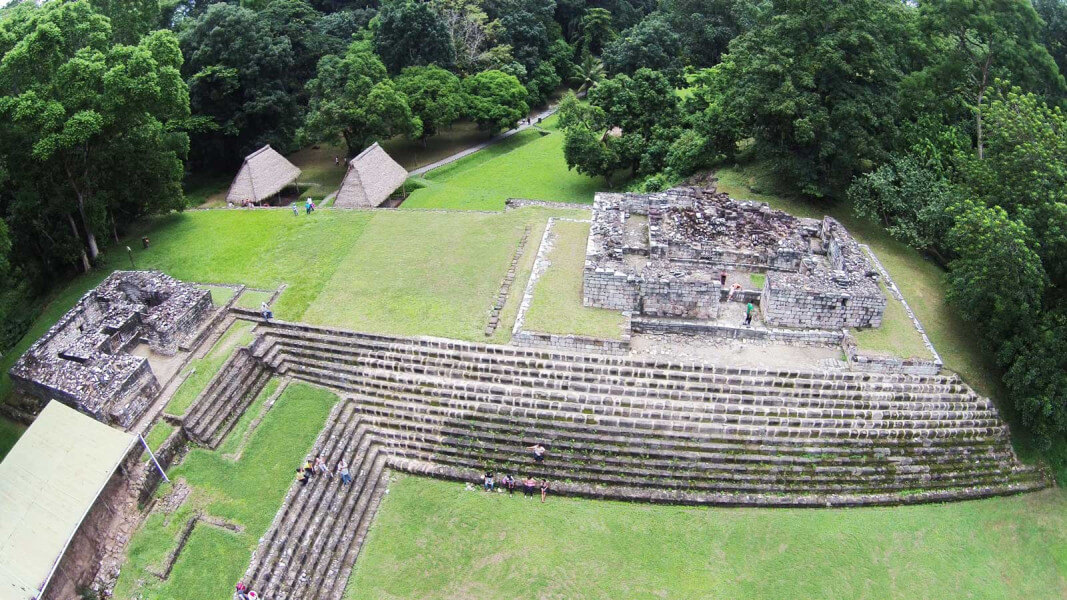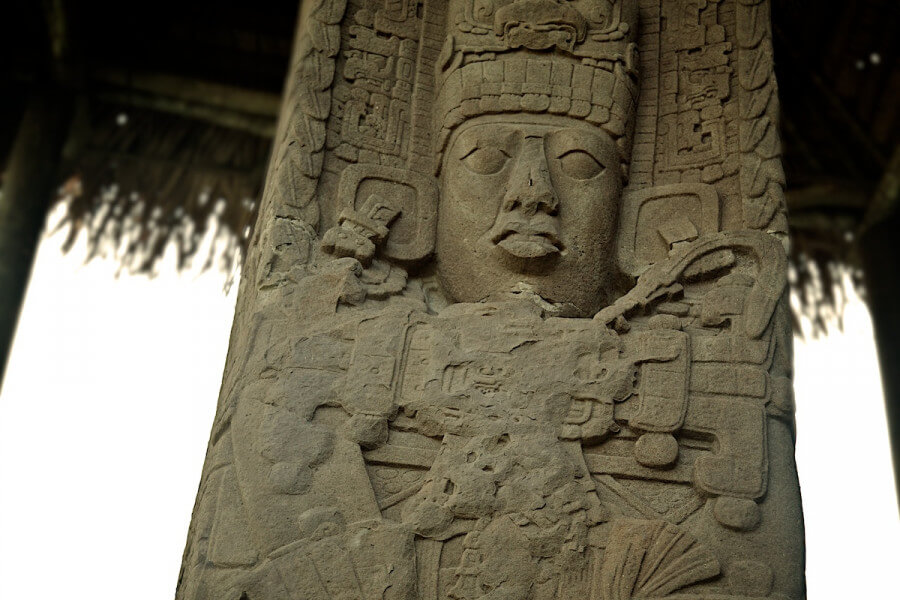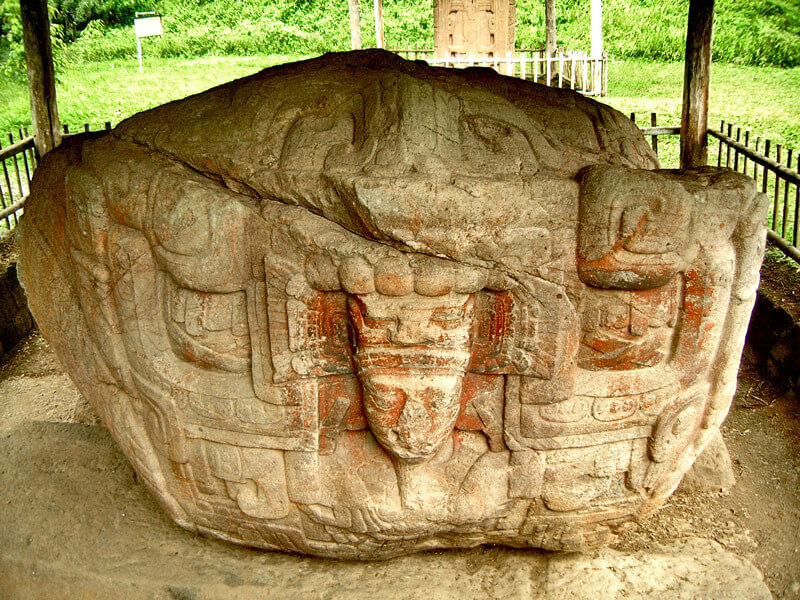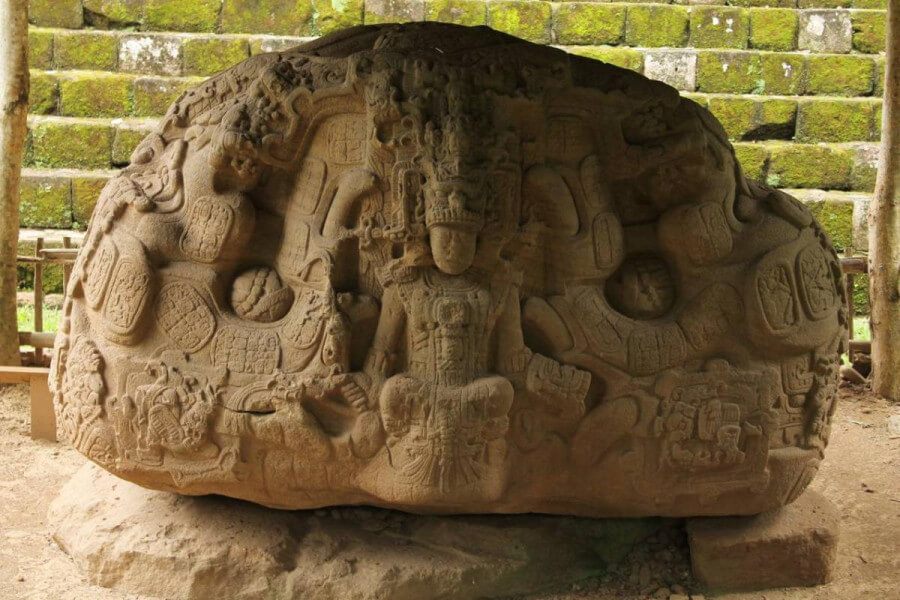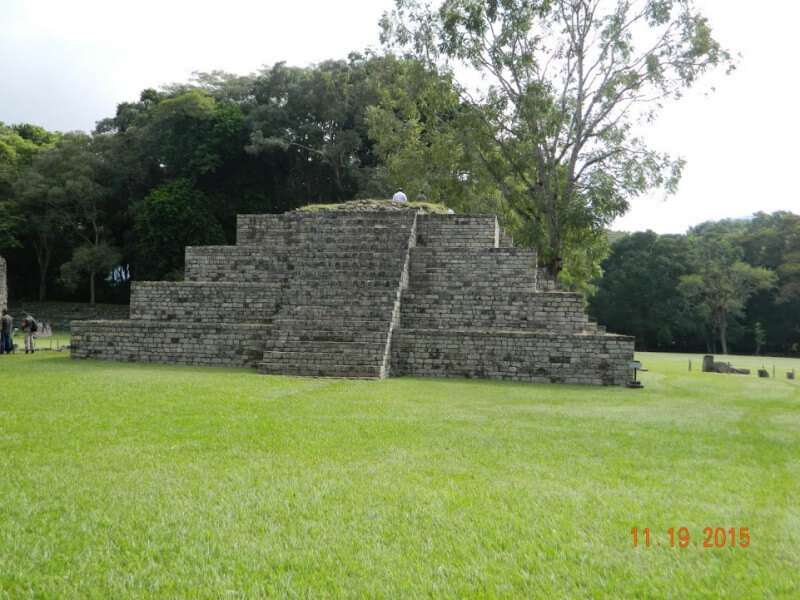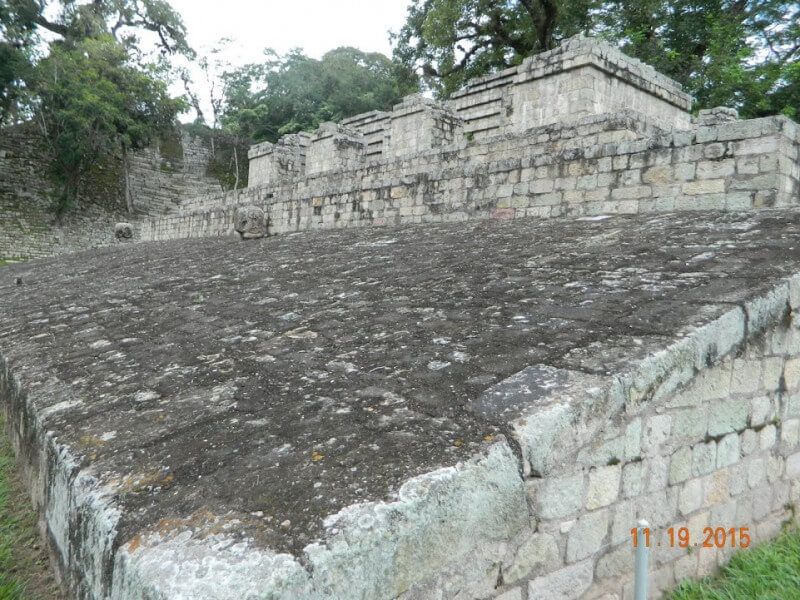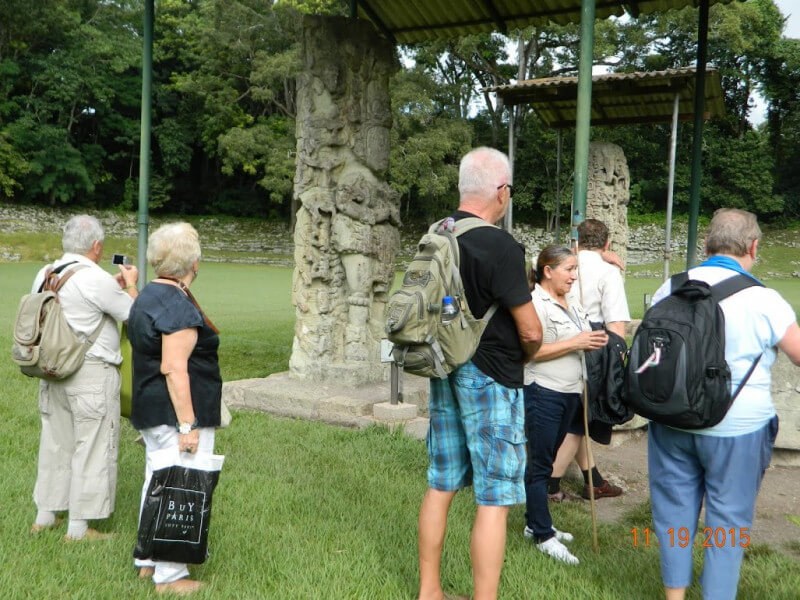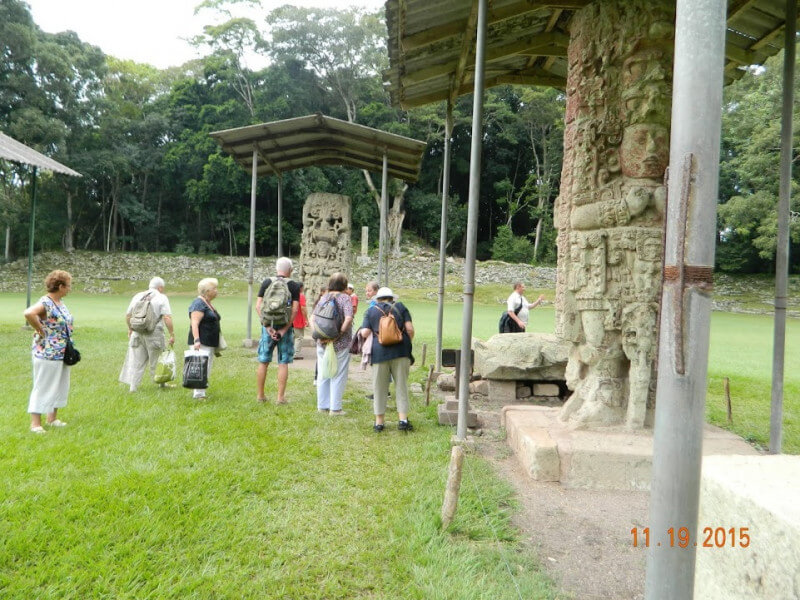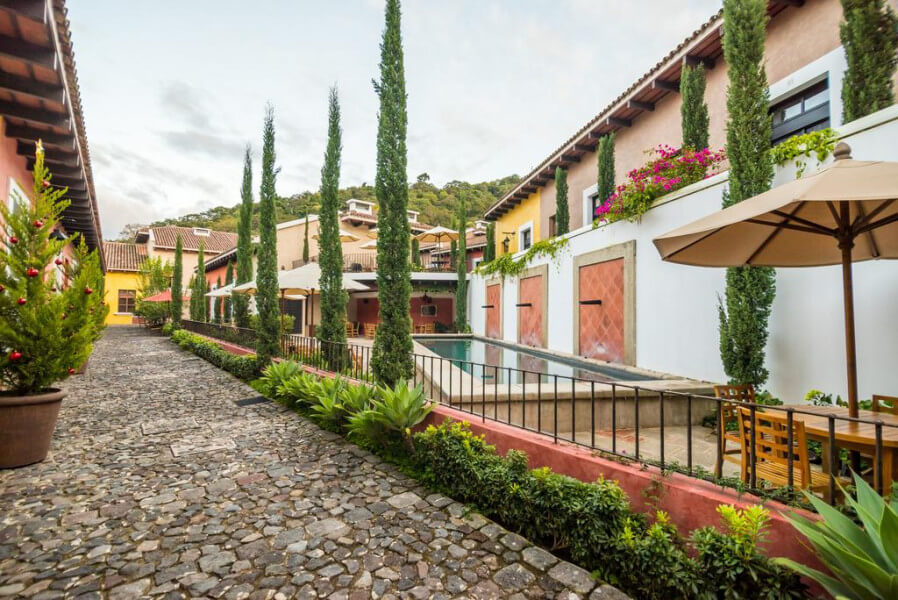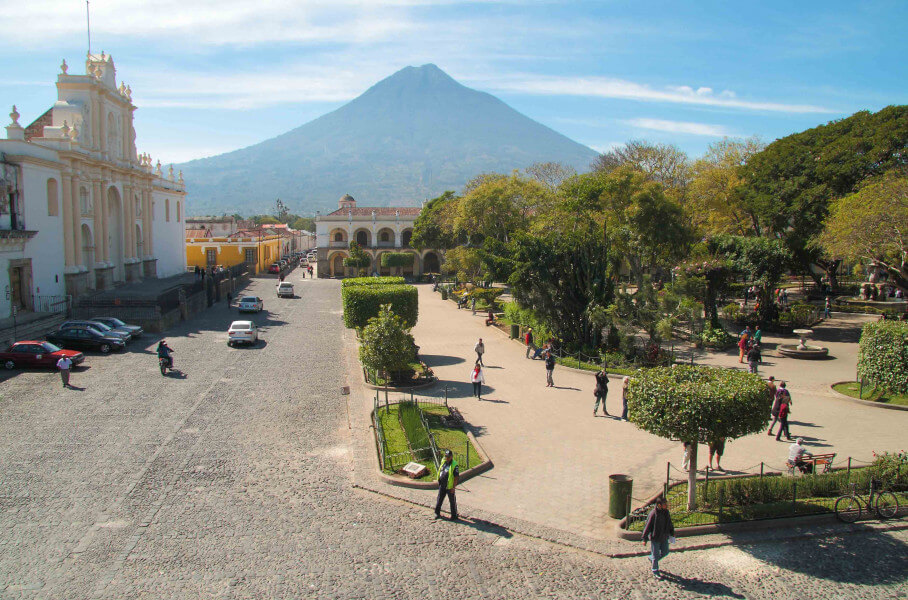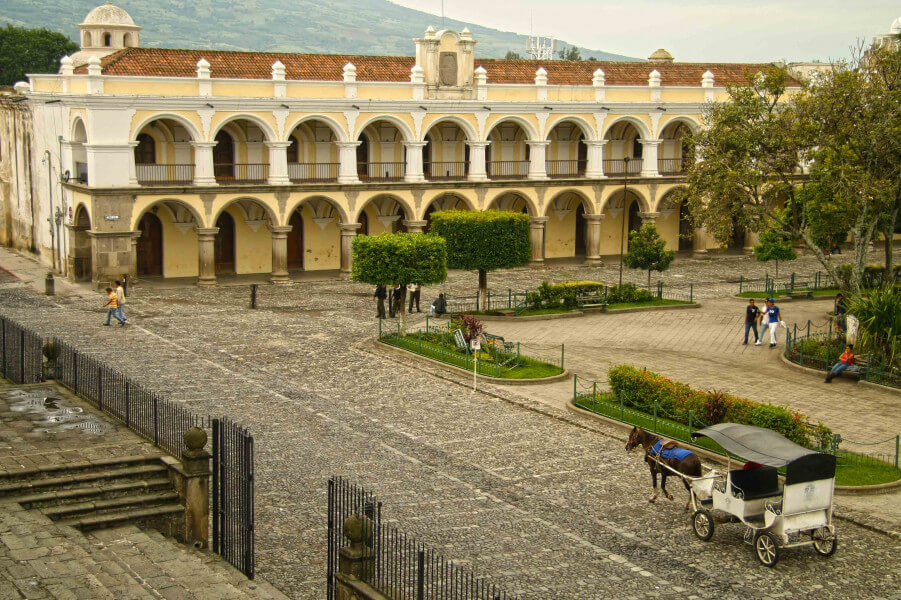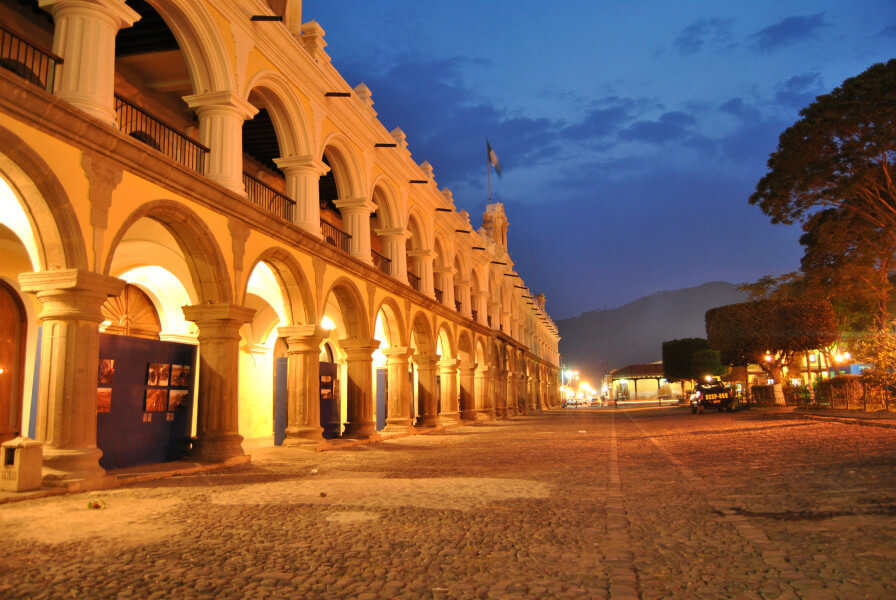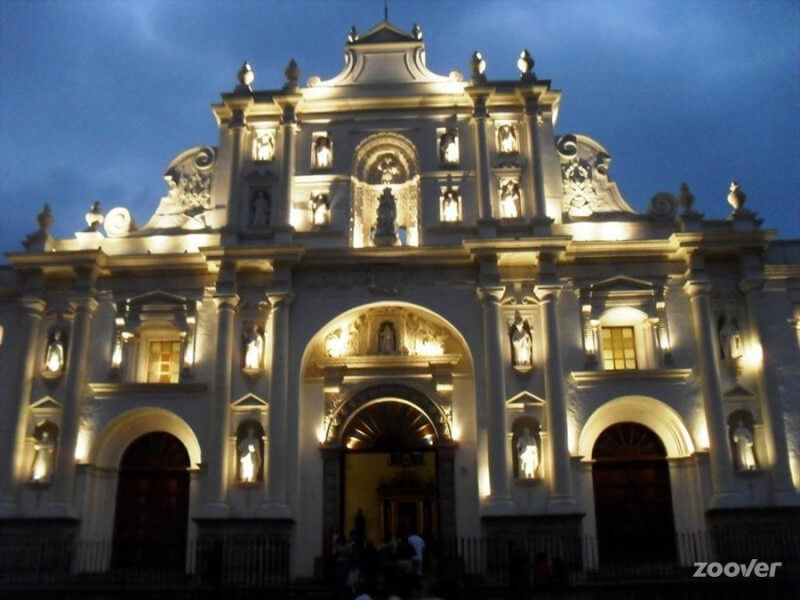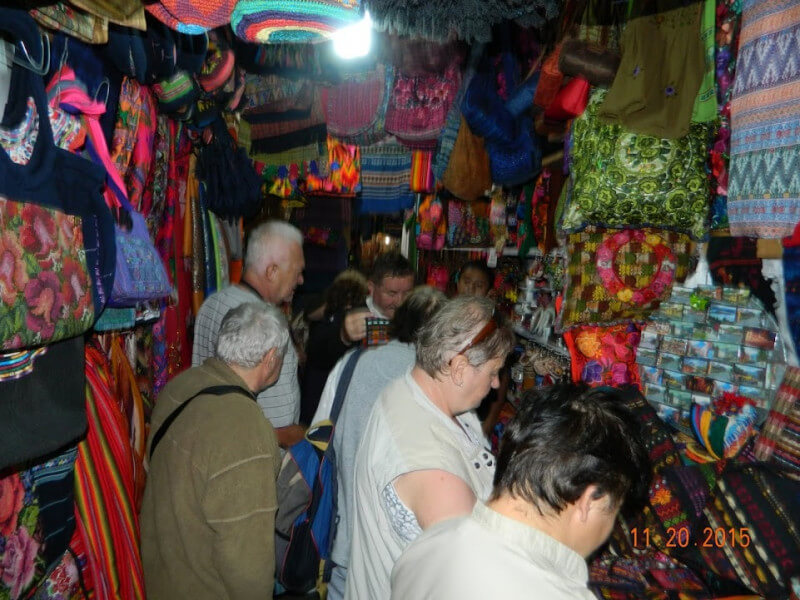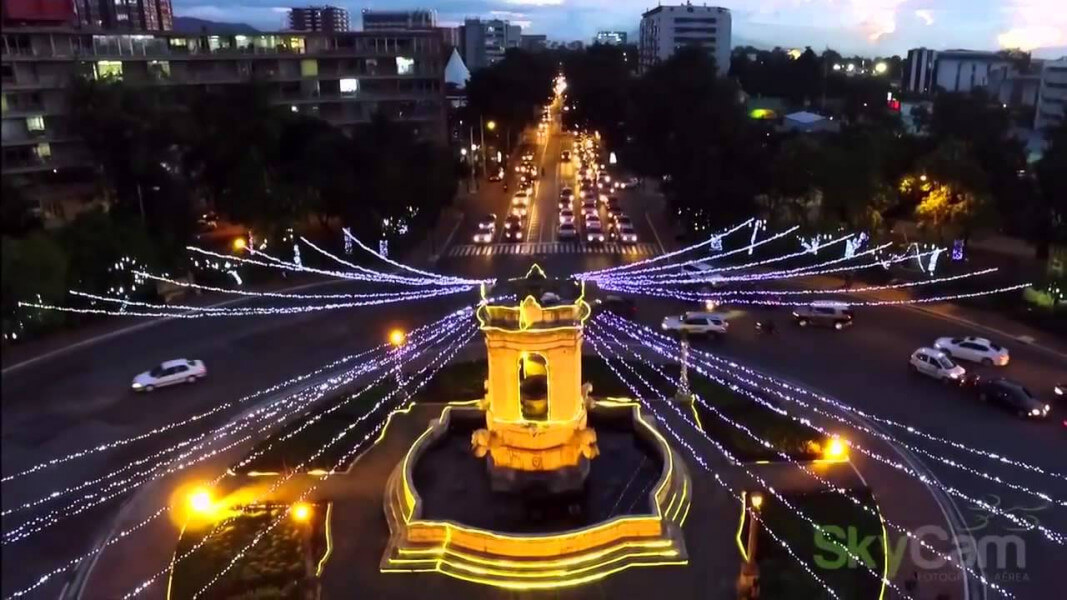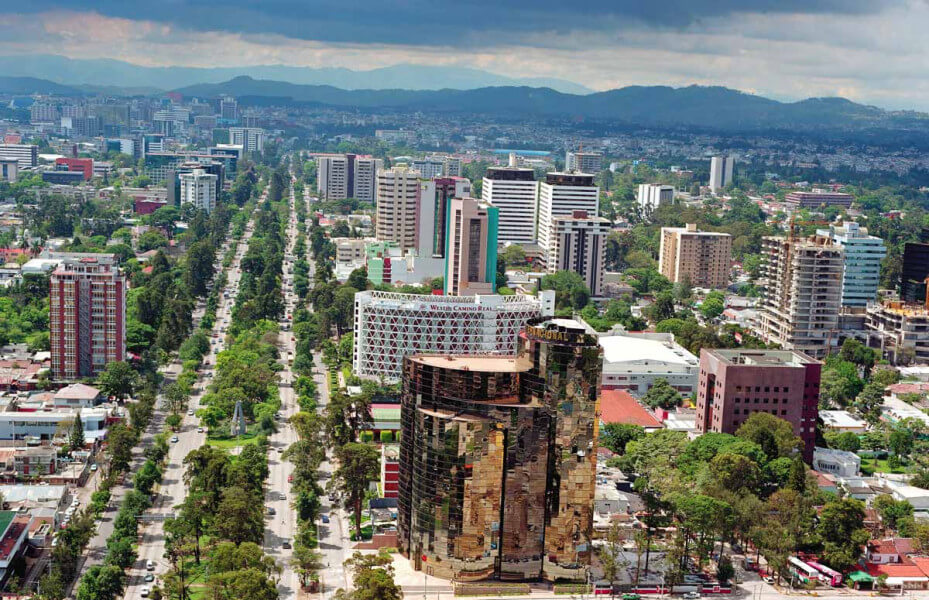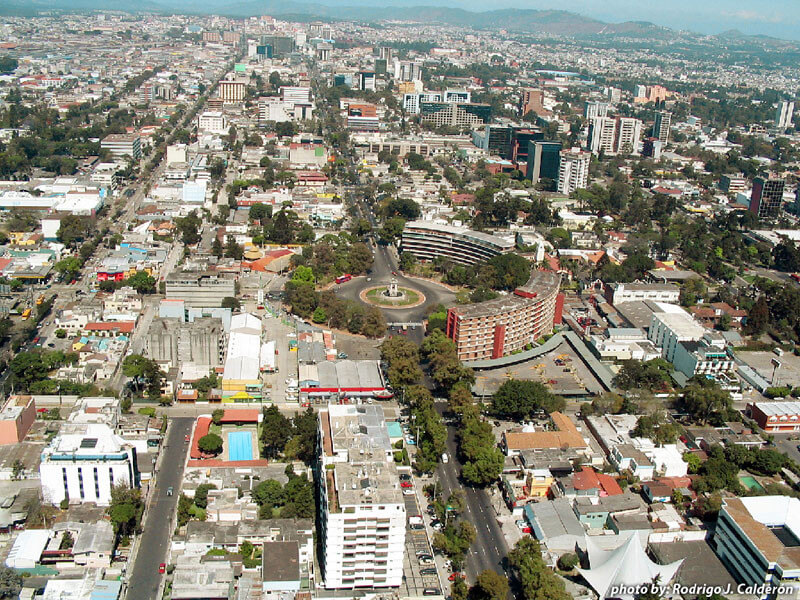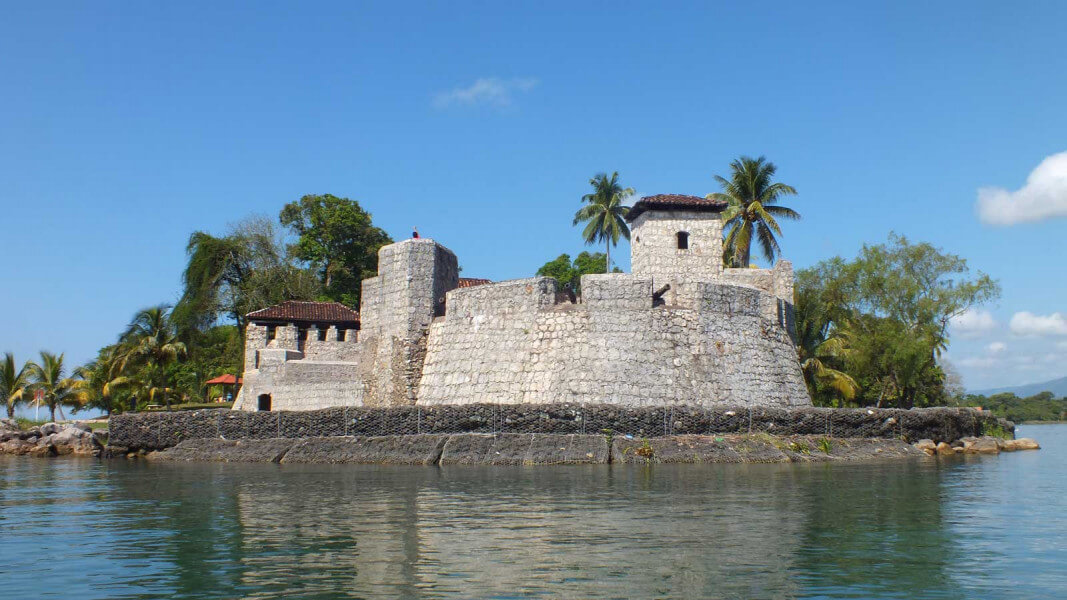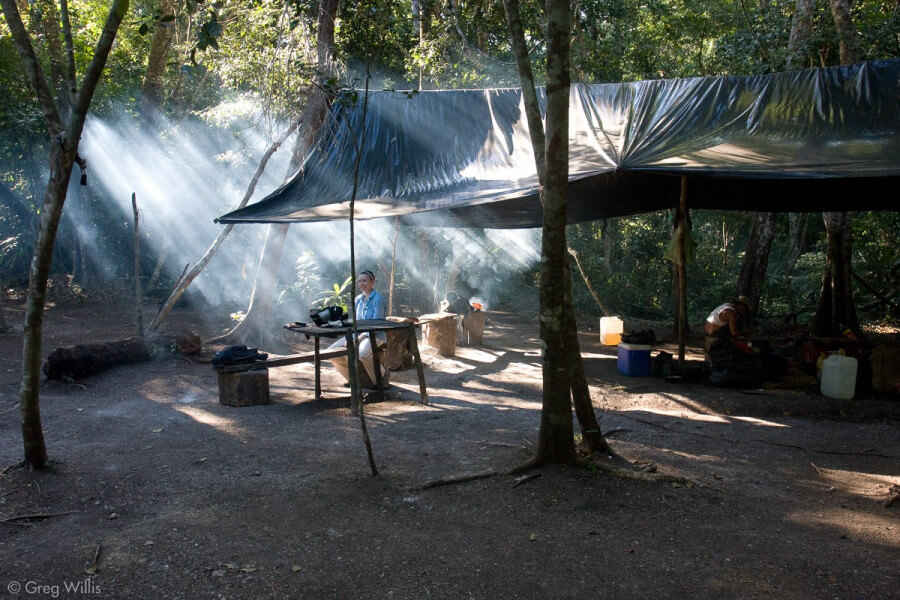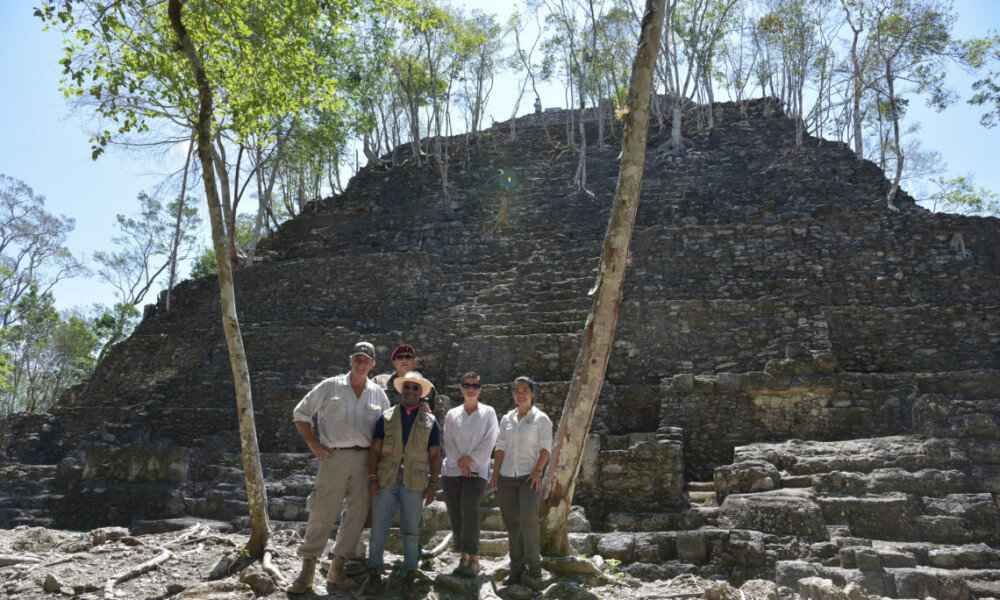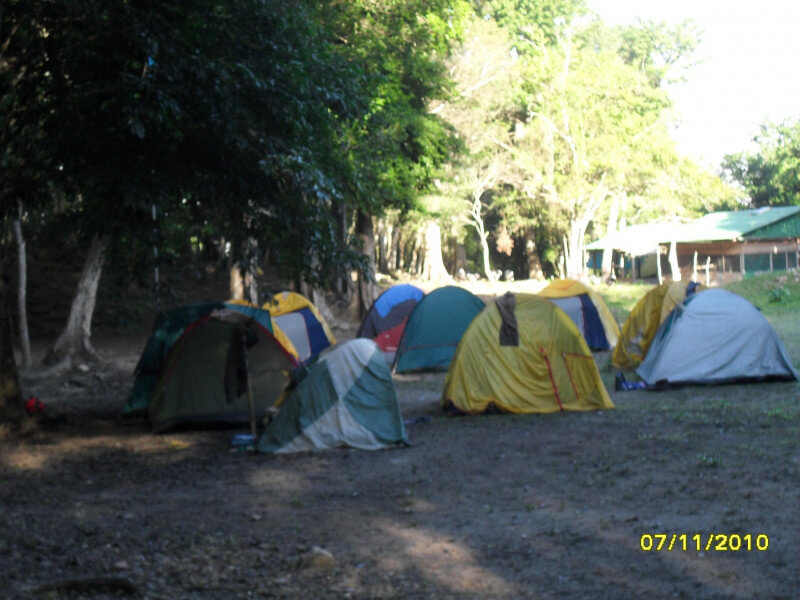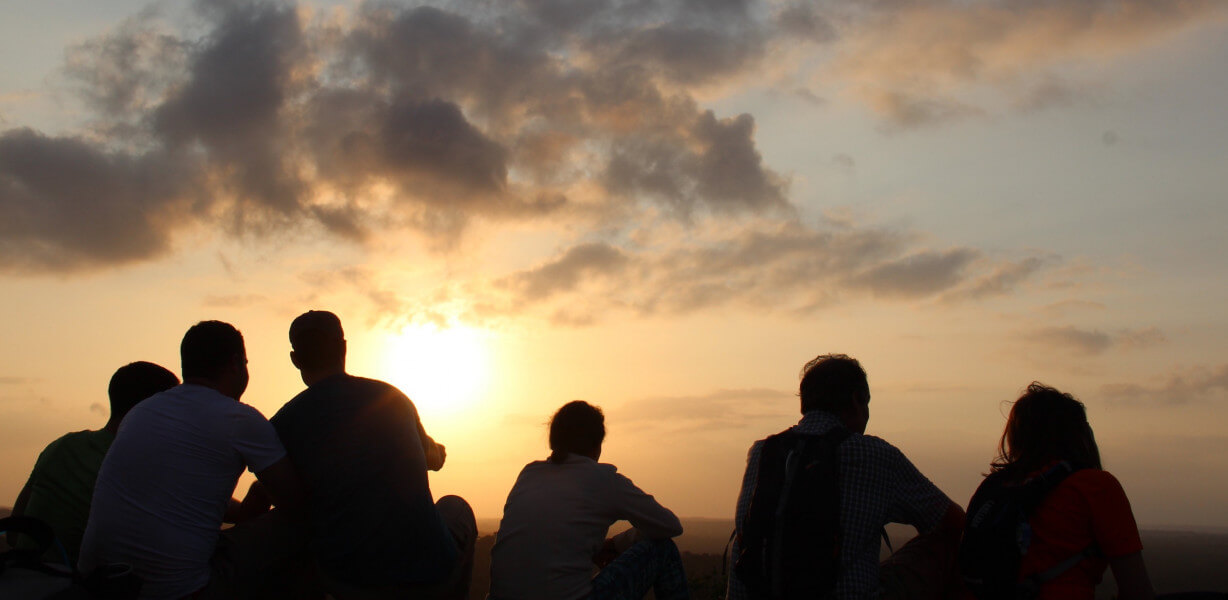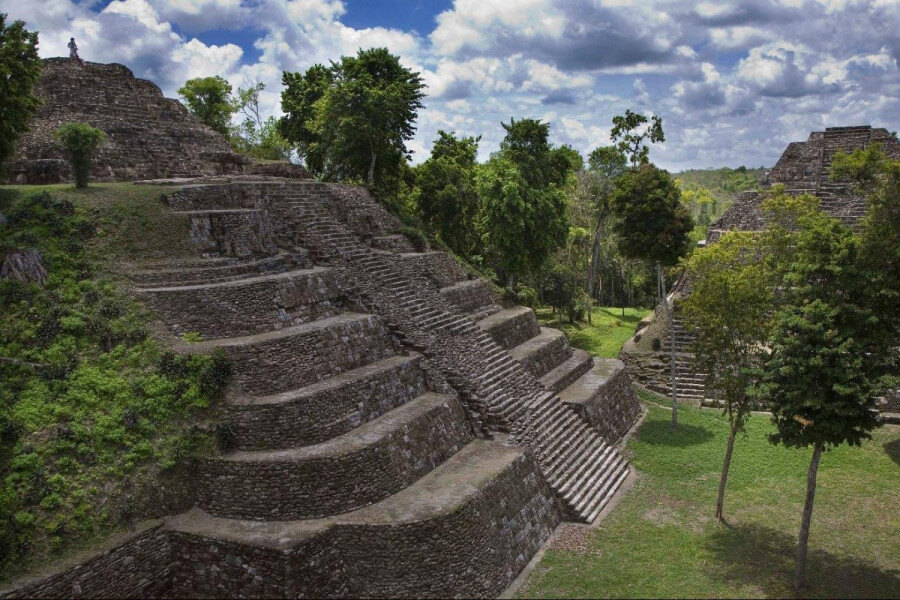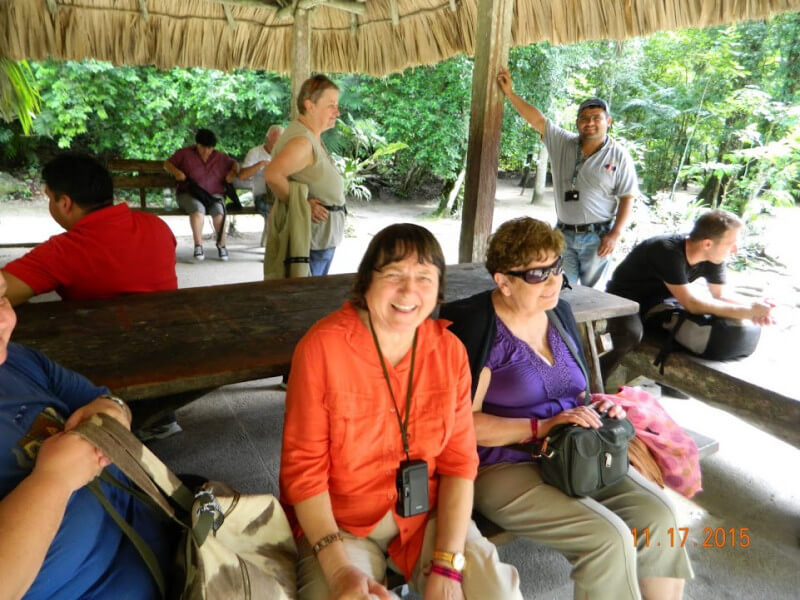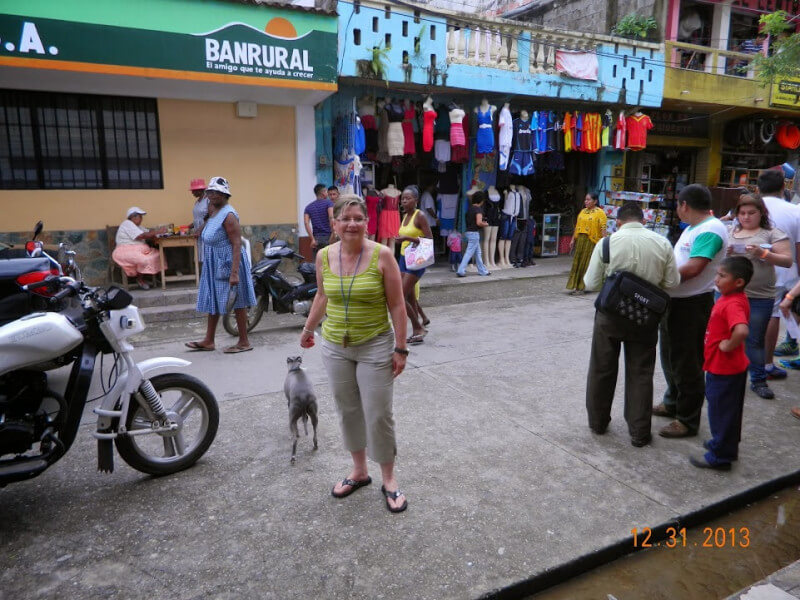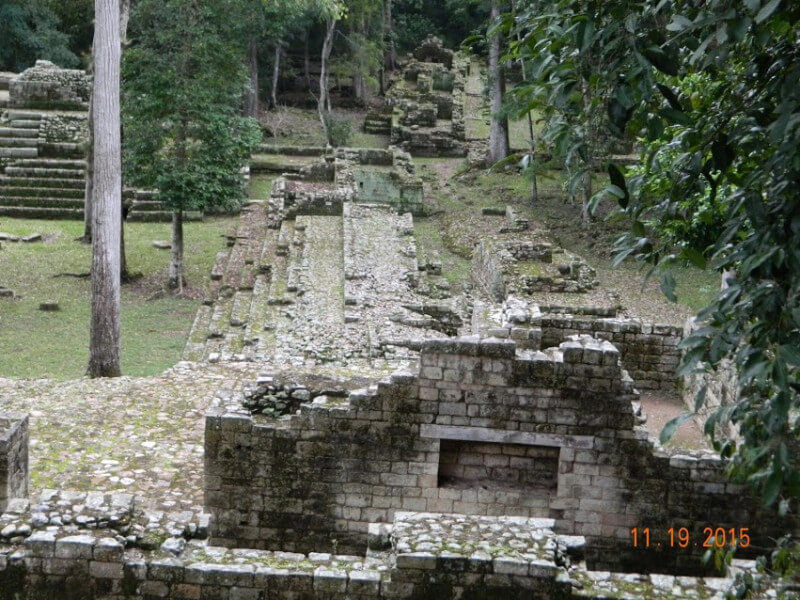On our 8th day, we will visit the famous Tikal National Park, With our expert guides to take you thru the day at the park. In 1979 it was declared a World Heritage Site by Unesco, both for its natural and cultural values. Tikal is located approximately 64 km, northeast of Flores and Santa Elena, approximately
303 km, north of Guatemala City. The city is 19 km south of the ancient Mayan city of Uaxactún, 30 km northwest of Yaxhá, 7 11 km to 100 km, southeast of Calakmul, its great rival of the Classic Period and 85 km, Northwest of El Caracol, the ally of Calakmul, now in Belize.12
The city, which covers an area of more than 16 km², has been completely mapped and includes about 3000 structures.13 The site's topography consists of a series of limestone hills rising above swamp lands. The main architecture of the site is grouped into higher areas, which are interconnected by roadways that cross the swamps.14
The ruins are in the middle of the rainforest, in the Peten basin, which formed the cradle of Mayan civilization in the lowlands of Mesoamerica. The city is located in the middle of fertile soils, with elevated lands and may have dominated the natural commercial route, which runs from east to west, across the Yucatán peninsula.15
In spite of being one of the majors Mayan cities of the Classic, Tikal had no other sources of water, other than rainwater, which was collected and stored in ten reservoirs. Archaeologists who worked at Tikal during the twentieth century restored one of the ancient water reservoirs for their own use.16 The absence of fountains, rivers, and lakes in the vicinity of Tikal underscores a prodigious fact: Construction of a large city, counting exclusively on deliveries of seasonal rainfall. Tikal thrived with intensive farming techniques, which were far more advanced than logging and burning methods originally theorized by archaeologists. However, dependence on seasonal rainfall was a vulnerability in the face of prolonged droughts and some scientists believe that this vulnerability has played a role in Mayan collapse.
Since 1990, it has been part of the worldwide network of biosphere reserves within the Maya Biosphere Reserve. Among the mammals that inhabit the park are the gray fox (Urocyon cinereoargenteus), the jaguar (Panthera onca), the puma (Puma con color), the yaguarundí (Herpailurus yaguarondi), the ocelot (Leopardus pardalis), the margay (Leopardus wiedii) , The common paca (Agouti paca), the Mexican tamandua (Tamandua mexicanus), the kinkajú (Potos flavus), the boreal raccoon (Procyon lotor), the eira (Eira barbara), the red hare (Mazama americana) and the northern tapir (Tapirus bairdii); Also can be found agouti (Dasyprocta), coatis (Nasua), spider monkeys (Ateles), howler monkeys (Alouatta), peccaries (Tayassuidae), armadillos (Dasypodidae), bats (Microchiroptera).
There is a great diversity of birds. These include the harpy eagle (Harpia harpyja), ocellated turkey (Meleagris ocellata), Falco deiroleucus (Falco deiroleucus), mottled quail (Odontophorus guttatus), Moctezuma congo (Psarocolius montezuma), American anhinga (Anhinga anhinga) , Jacana spinosa, Jacane spinosa, Cochlearius, Carrao (Aramus guarauna), Mexican agave (Tigrisoma mexicanum), the hooded parrot (Pionopsitta haematotis), the senile parrot (Pionus senilis) Frentialba (Amazona albifrons), Amazon frondrroja (Amazona autumnalis), amazon burrona (Amazona farinosa) and Piquisucio parakeet (Aratinga nana), as well as various species of hummingbirds (Trochilidae), toucans (Ramphastidae), carpenters (Picidae), Momotos (Momotidae) and cracids.In 1979 it was declared a World Heritage Site by Unesco, both for its natural and cultural values. Since 1990, it has been part of the worldwide network of biosphere reserves within the Maya Biosphere Reserve. Among the mammals that inhabit the park are the gray fox (Urocyon cinereoargenteus), the jaguar (Panthera onca), the puma (Puma concolor), the yaguarundí (Herpailurus yaguarondi), the ocelot (Leopardus pardalis), the margay (Leopardus wiedii) , The common paca (Agouti paca), the Mexican tamandua (Tamandua mexicanus), the kinkajú (Potos flavus), the boreal raccoon (Procyon lotor), the eira (Eira barbara), the red hare (Mazama americana) and the northern tapir (Tapirus bairdii); Also can be found agouti (Dasyprocta), coatis (Nasua), spider monkeys (Ateles), howler monkeys (Alouatta), peccaries (Tayassuidae), armadillos (Dasypodidae), bats (Microchiroptera) ...
There is a great diversity of birds. These include the harpy eagle (Harpia harpyja), ocellated turkey (Meleagris ocellata), falco deiroleucus, speckled quail (Odontophorus guttatus), Moctezuma (Psarocolius montezuma), American anhinga (Anhinga anhinga) , Jacana spinosa, Jacane spinosa, Cochlearius cochlearius, Carrao (Aramus guarauna), Mexican agave (Tigrisoma mexicanum), the hooded parrot (Pionopsitta haematotis), the senile parrot (Pionus senilis) Frentialba (Amazona albifrons), Amazon frondrroja (Amazona autumnalis), amazon burrona (Amazona farinosa) and Piquisucio parakeet (Aratinga nana), as well as various species of hummingbirds (Trochilidae), toucans (Ramphastidae), carpenters (Picidae) Momotos (Momotidae) and cracids.
We will spend that night in the Tikal Jungle Lodge after this active day of visit to the park of Tikal.
Read more
Peten 1 night

